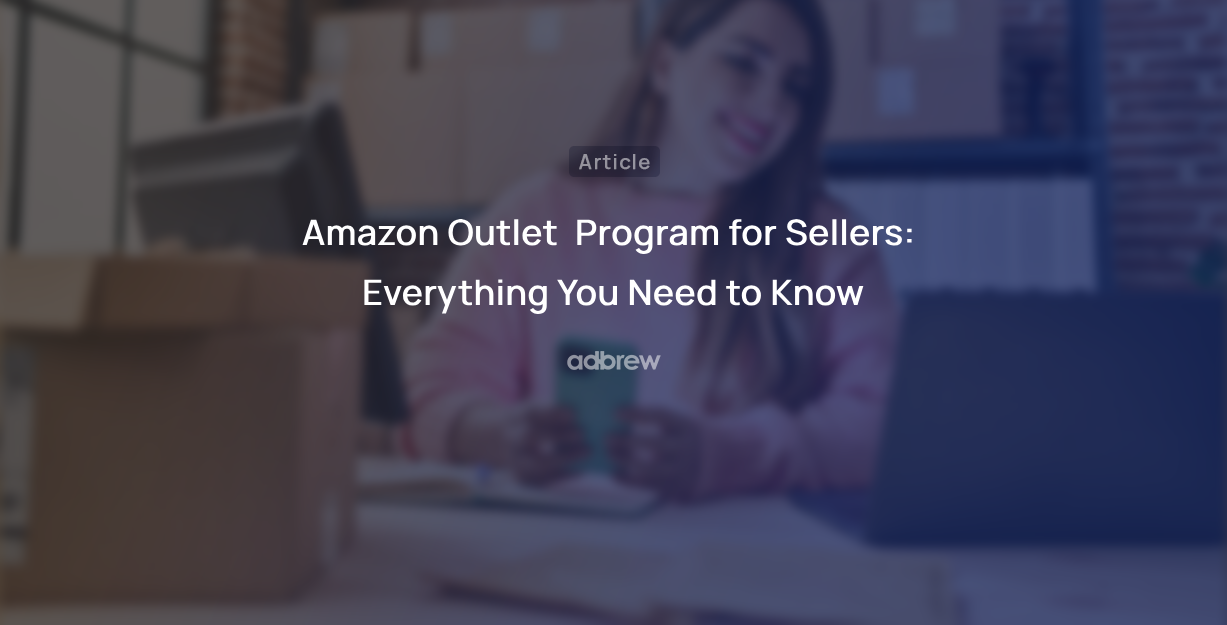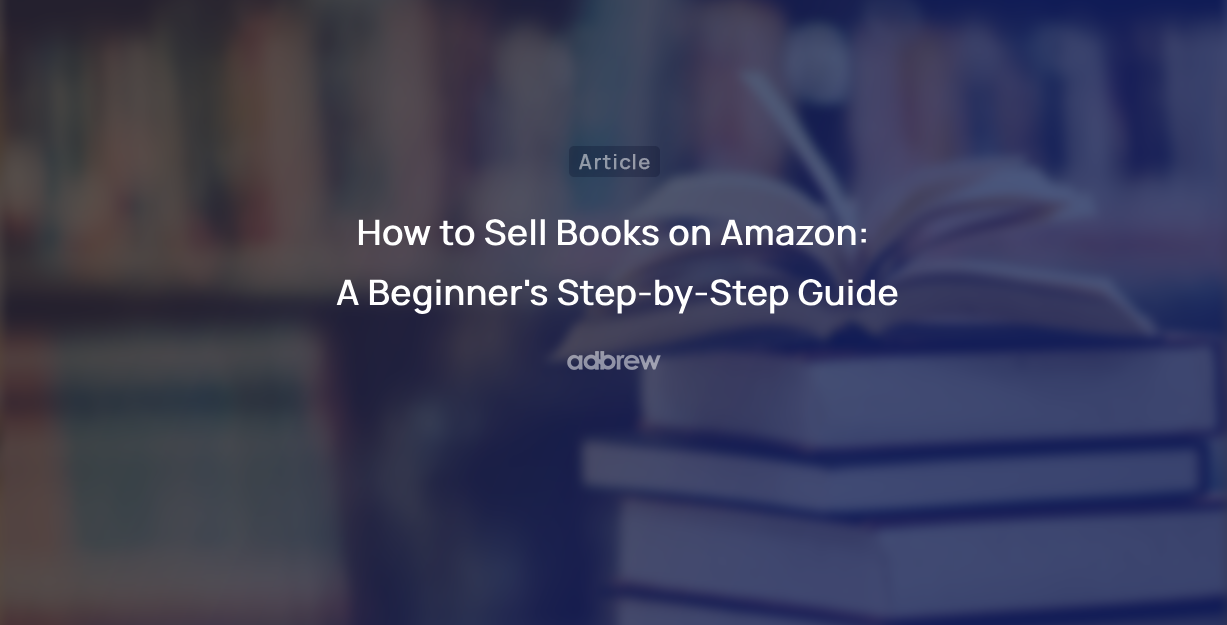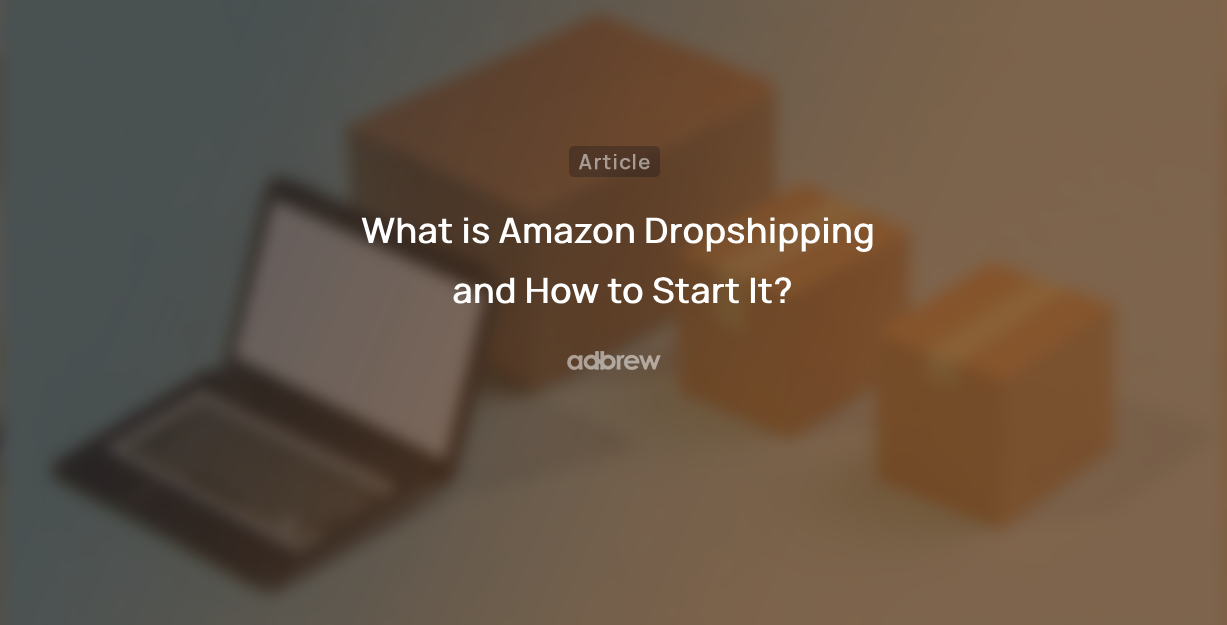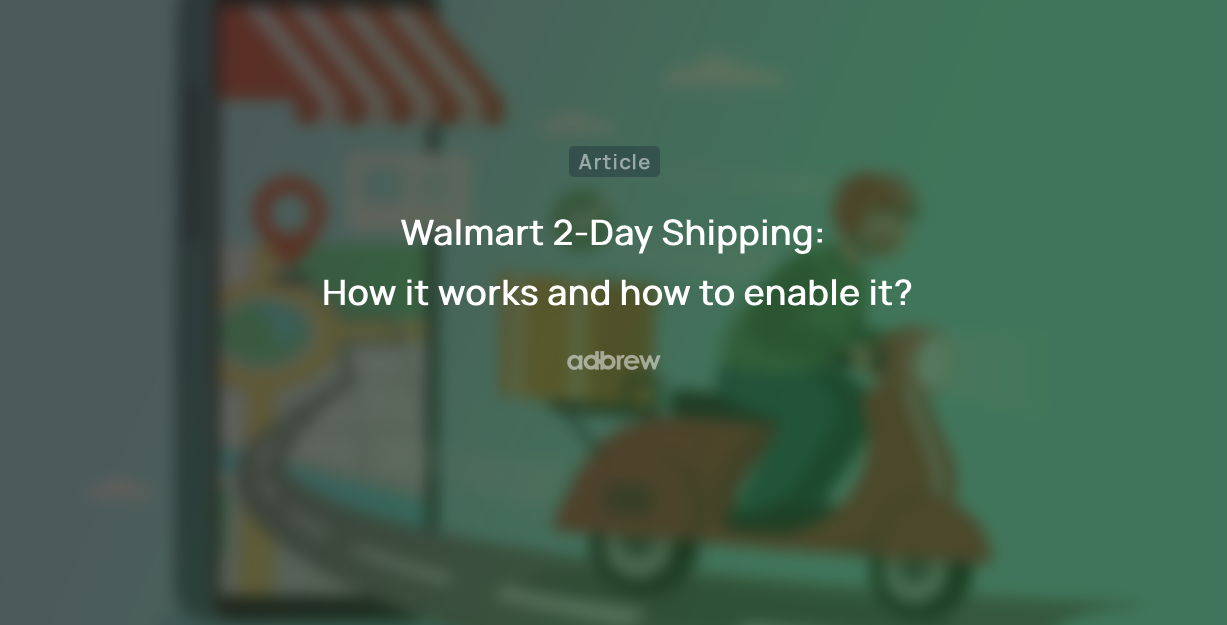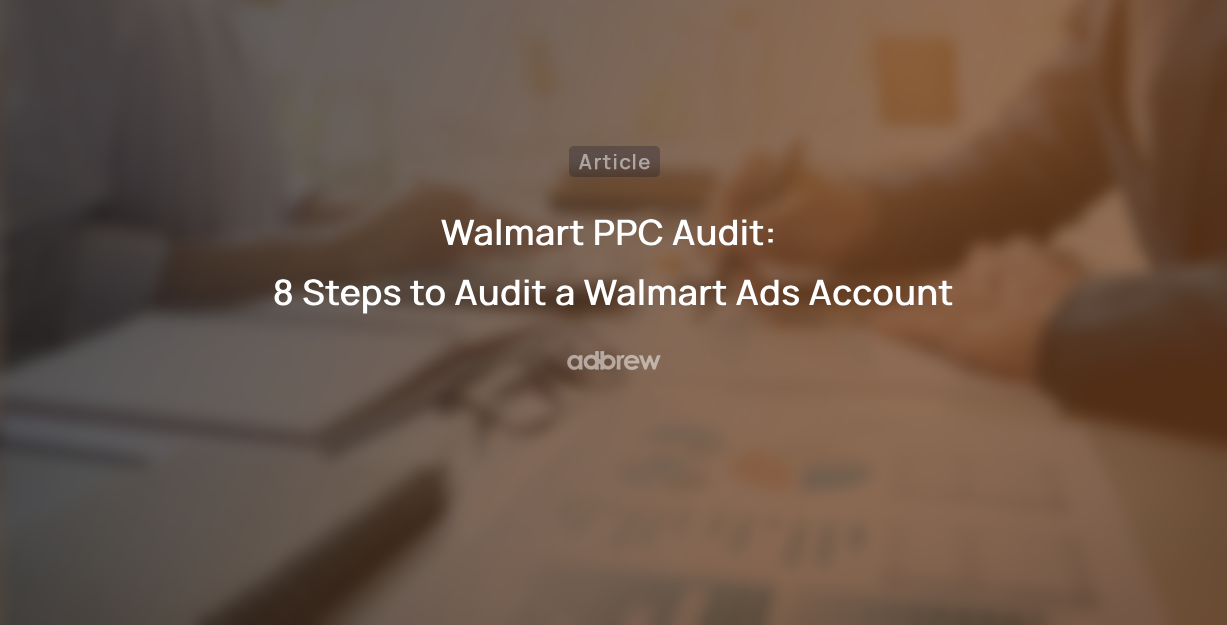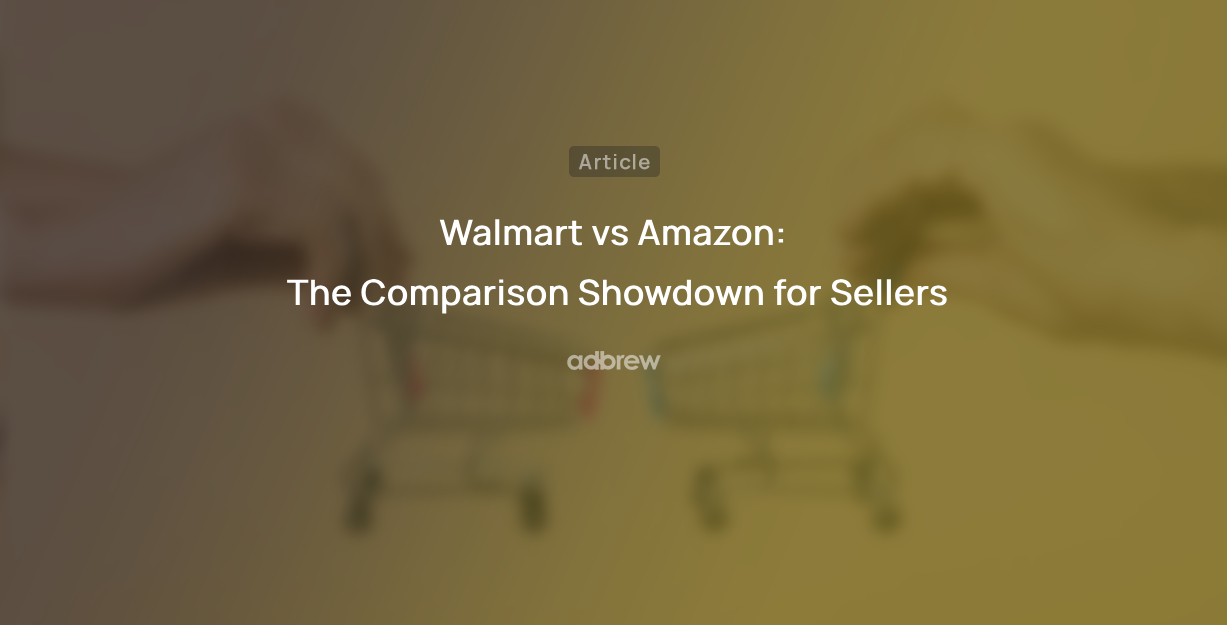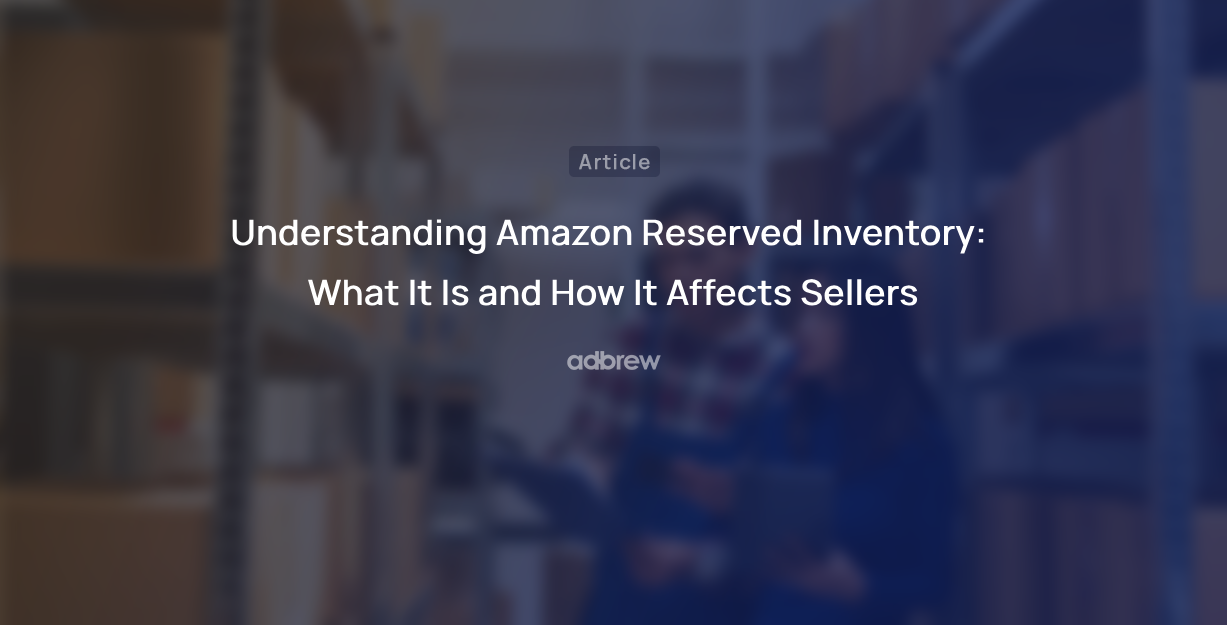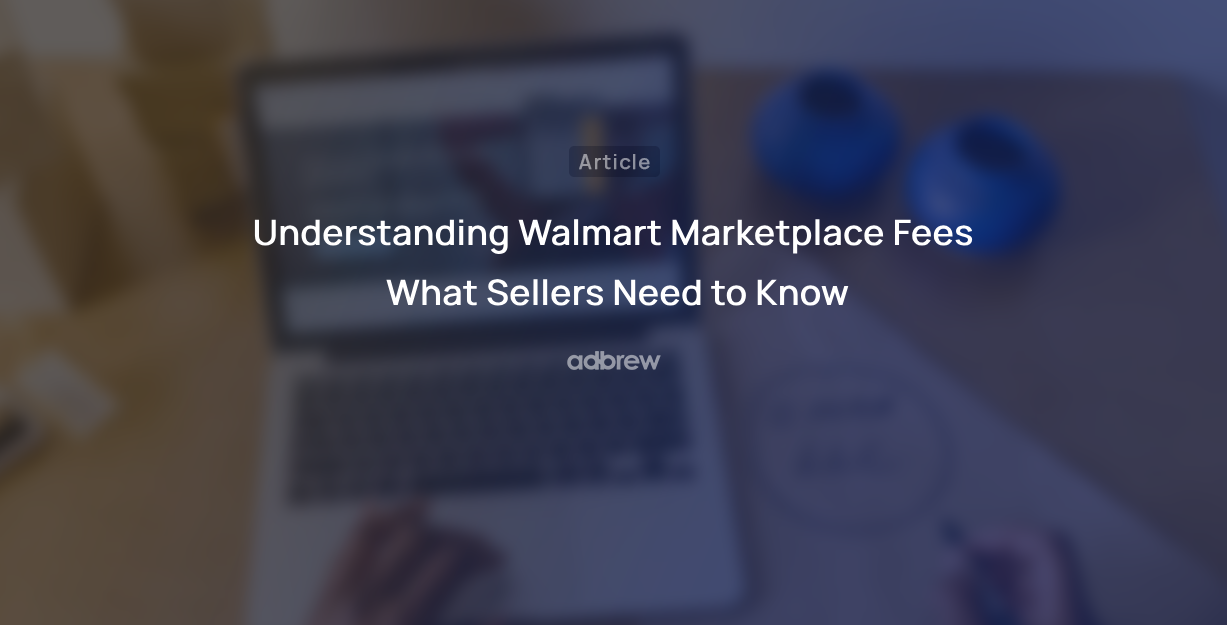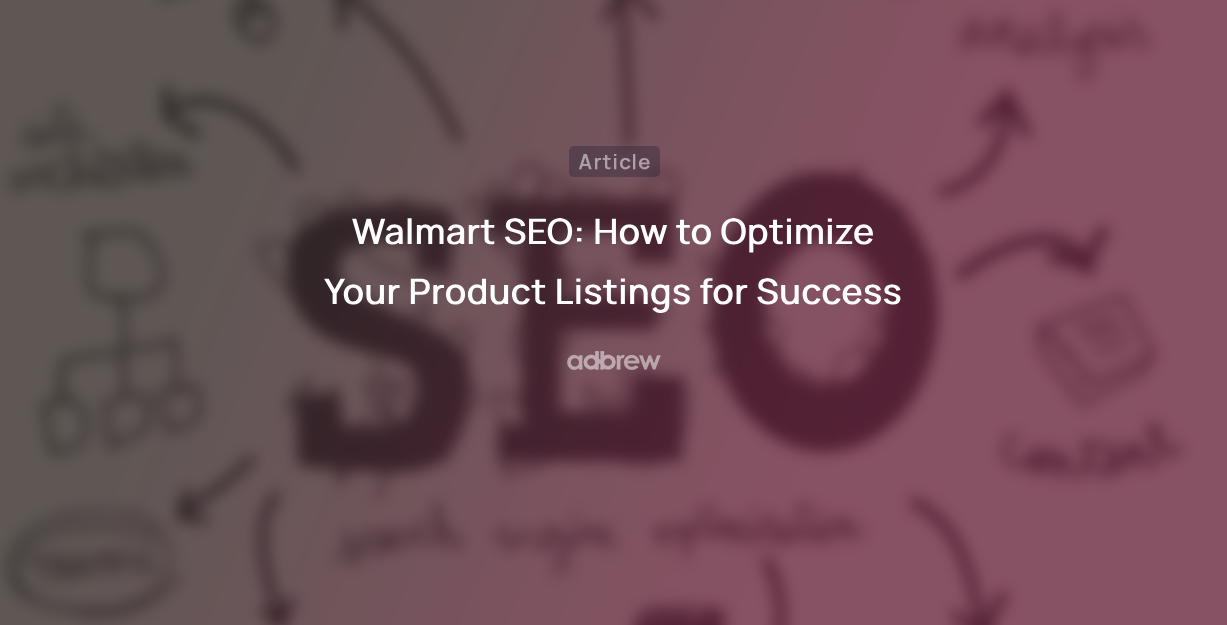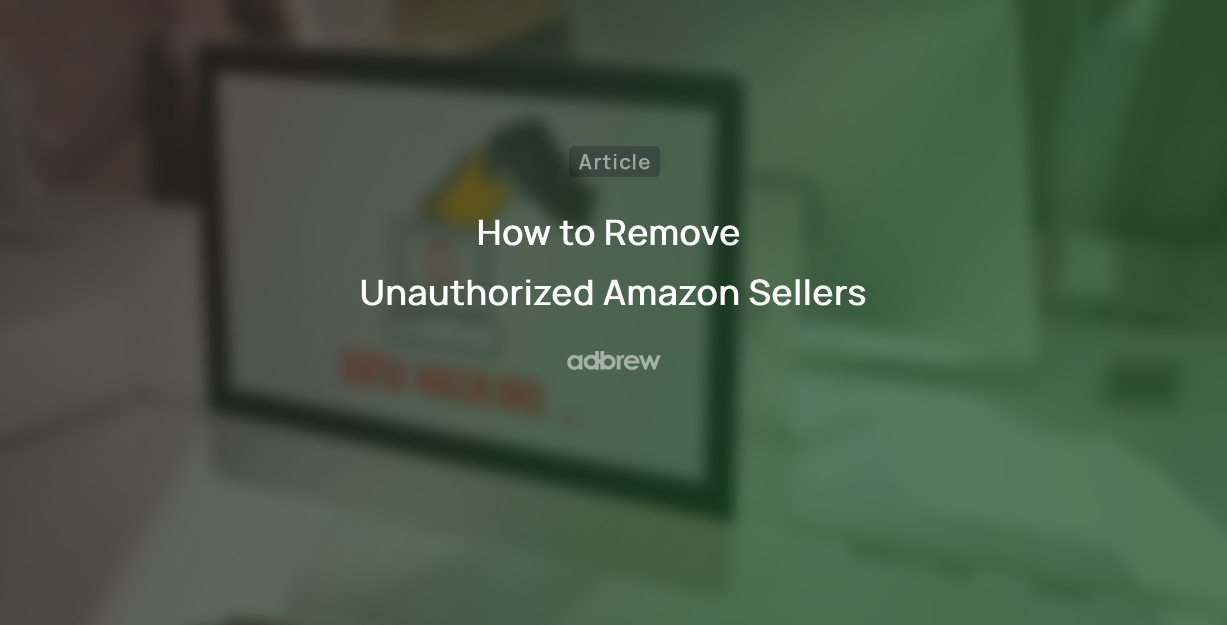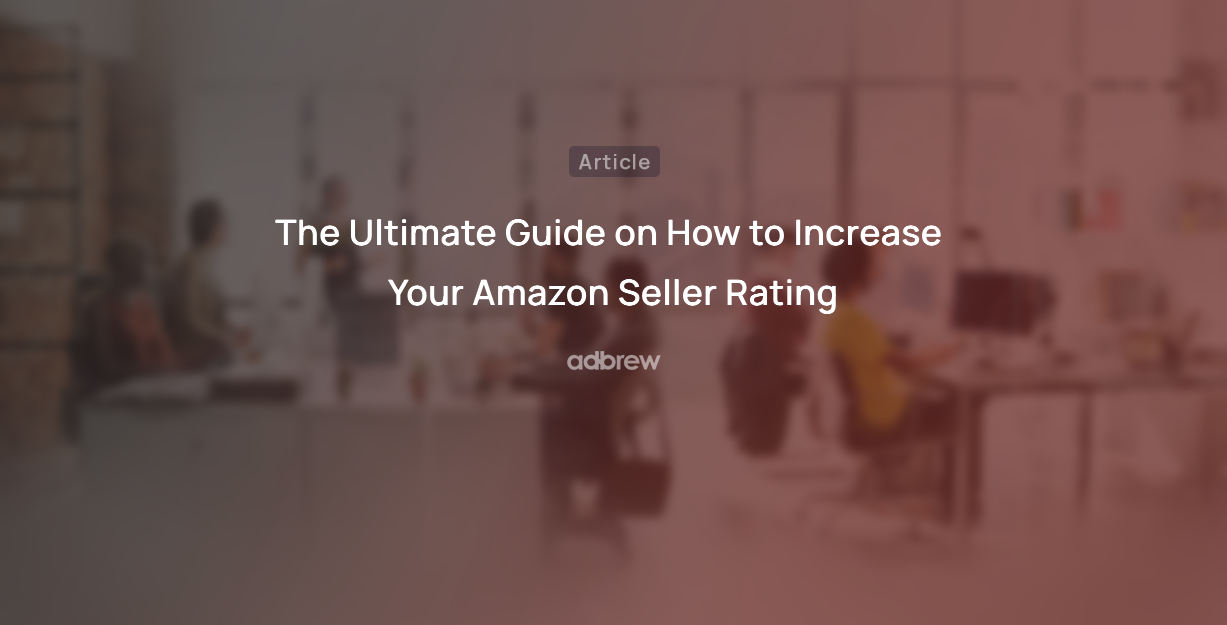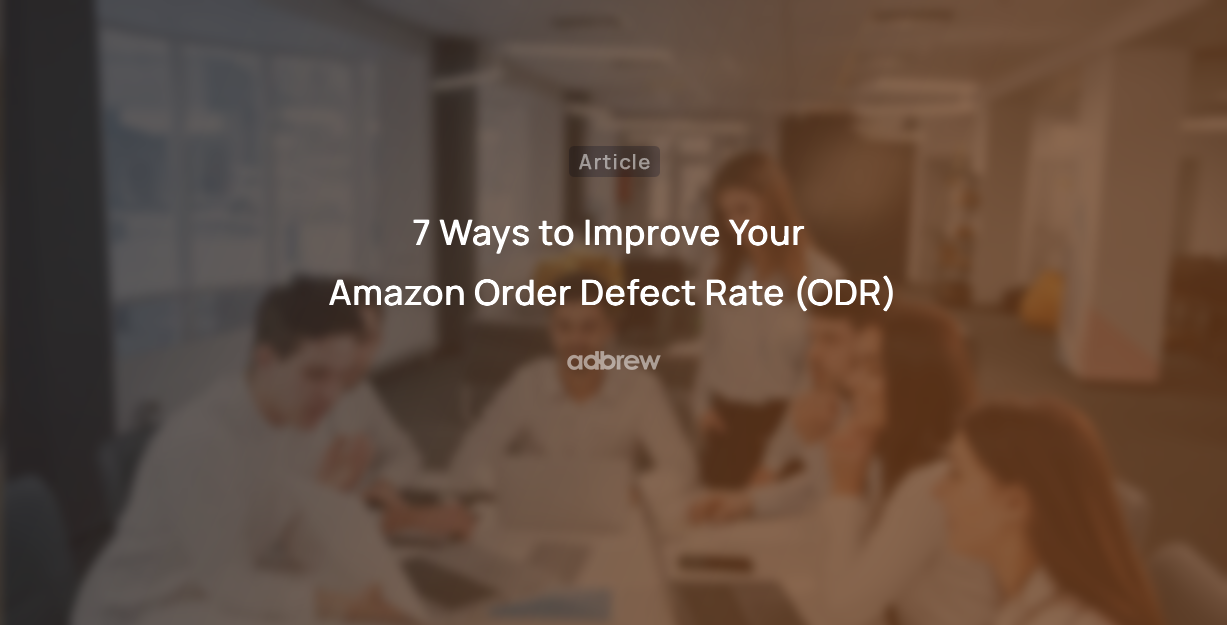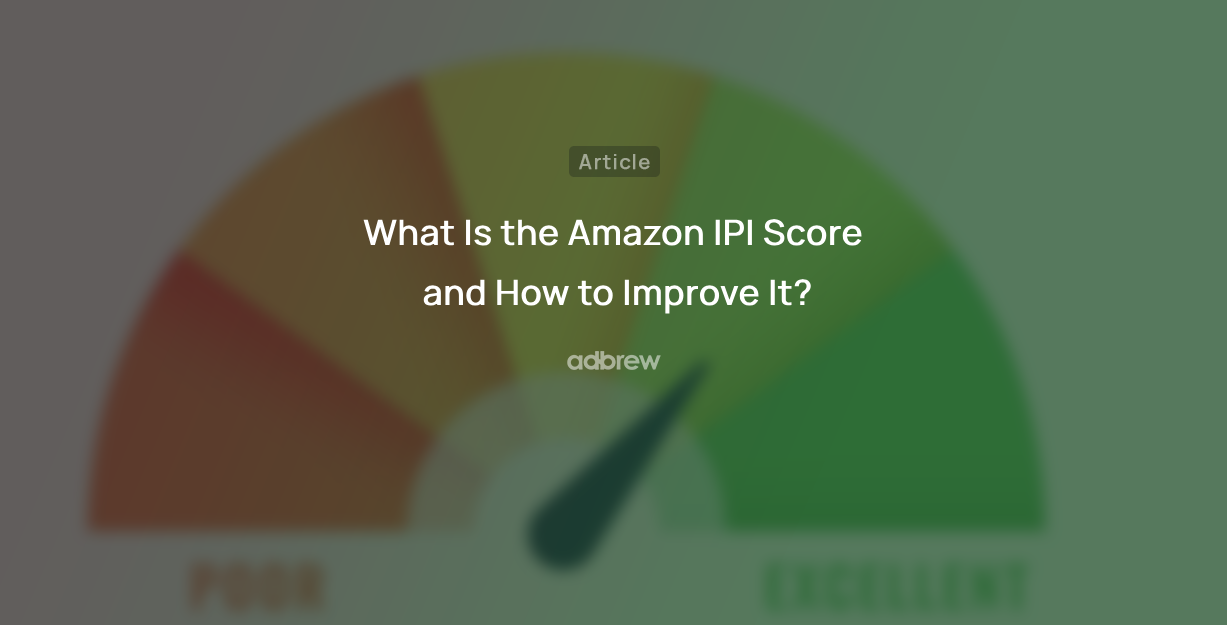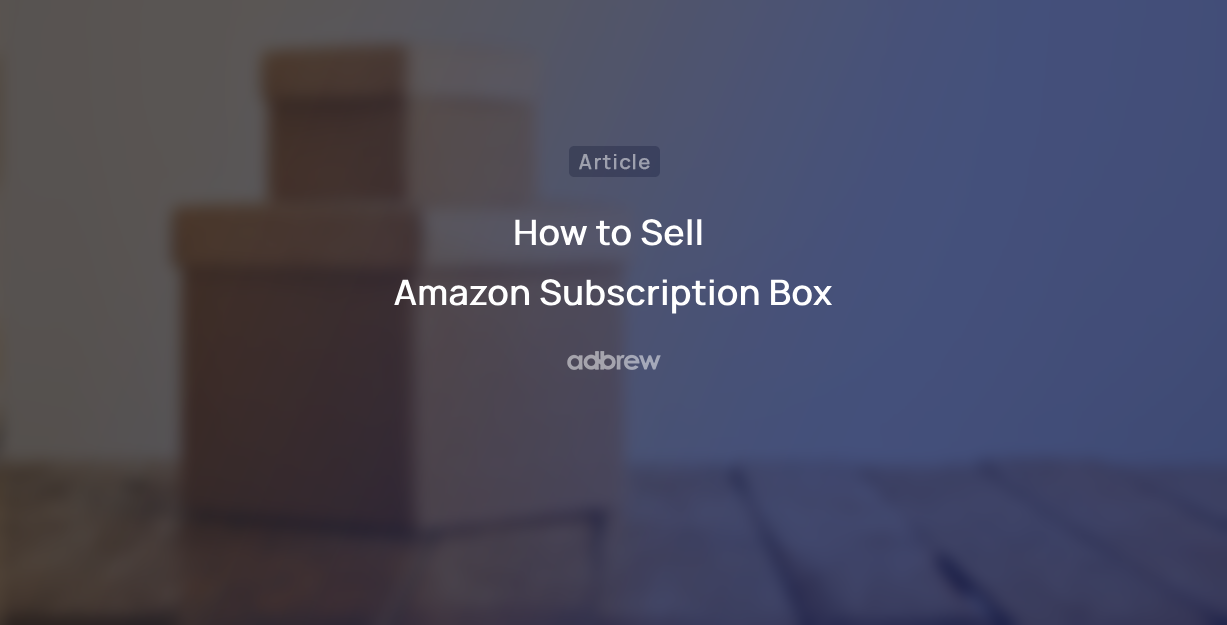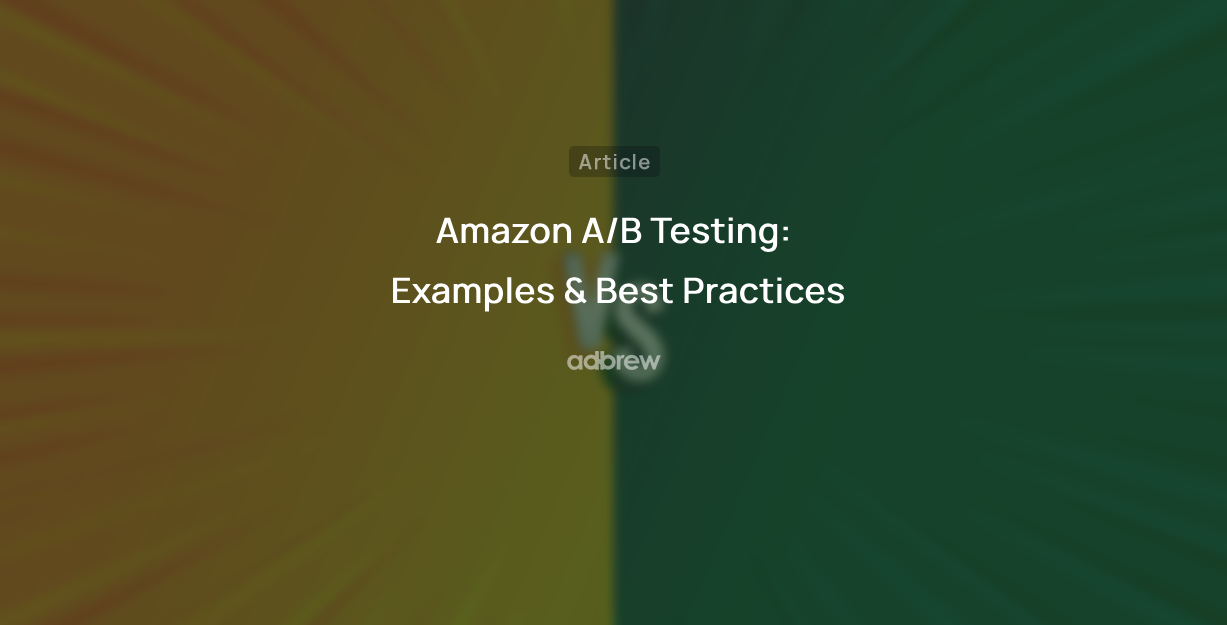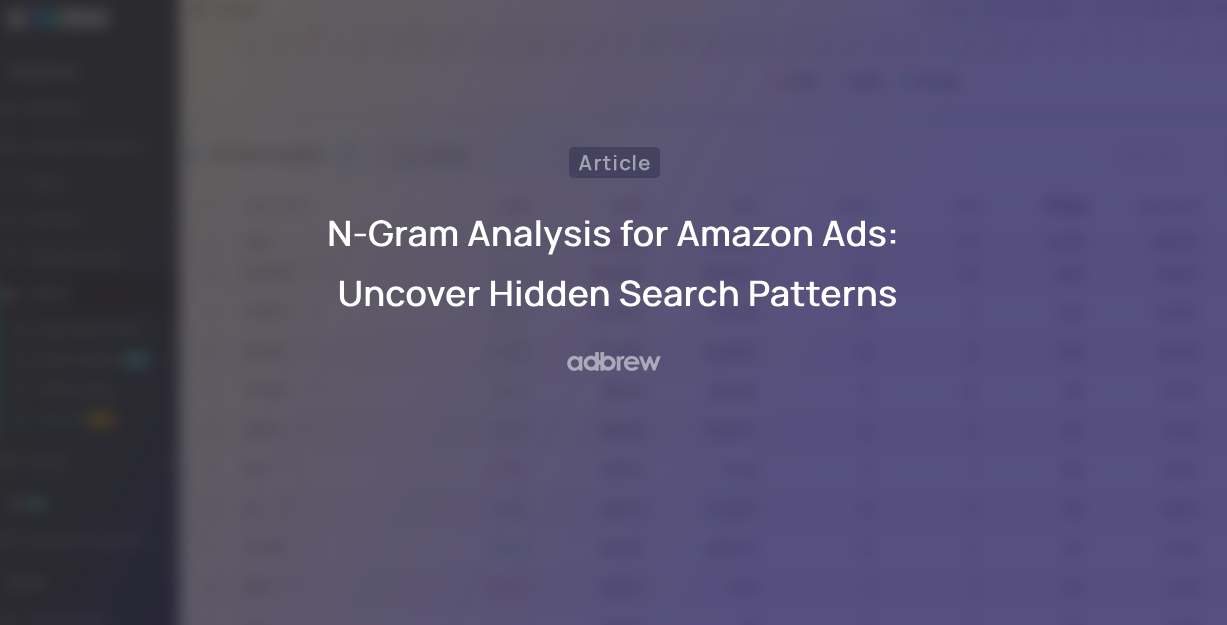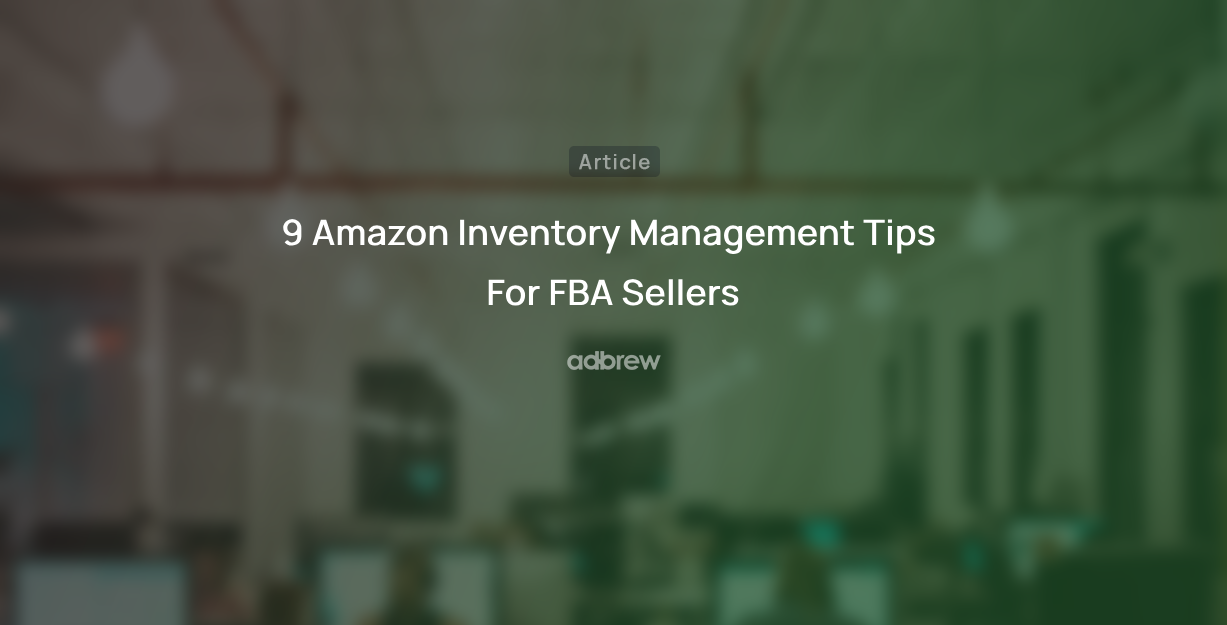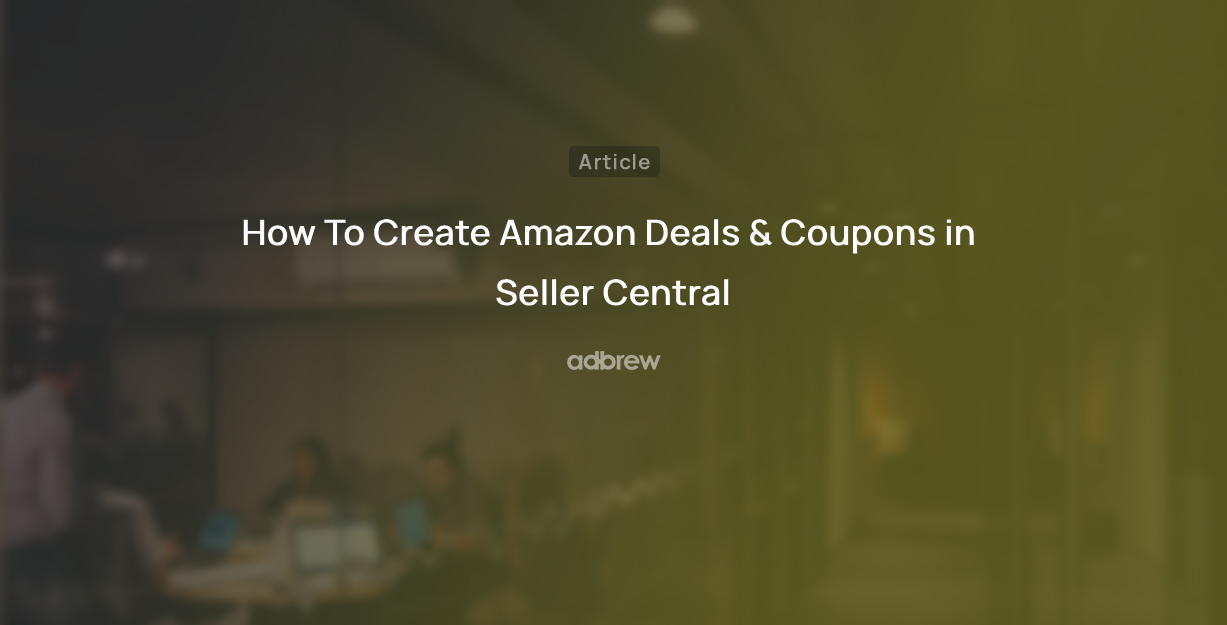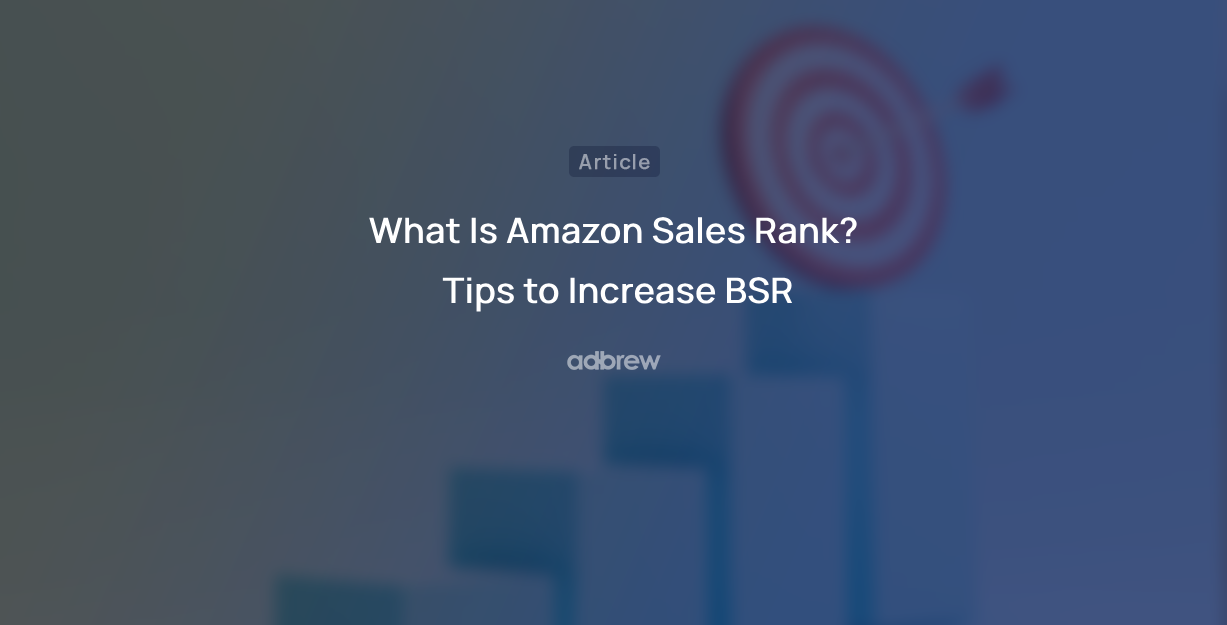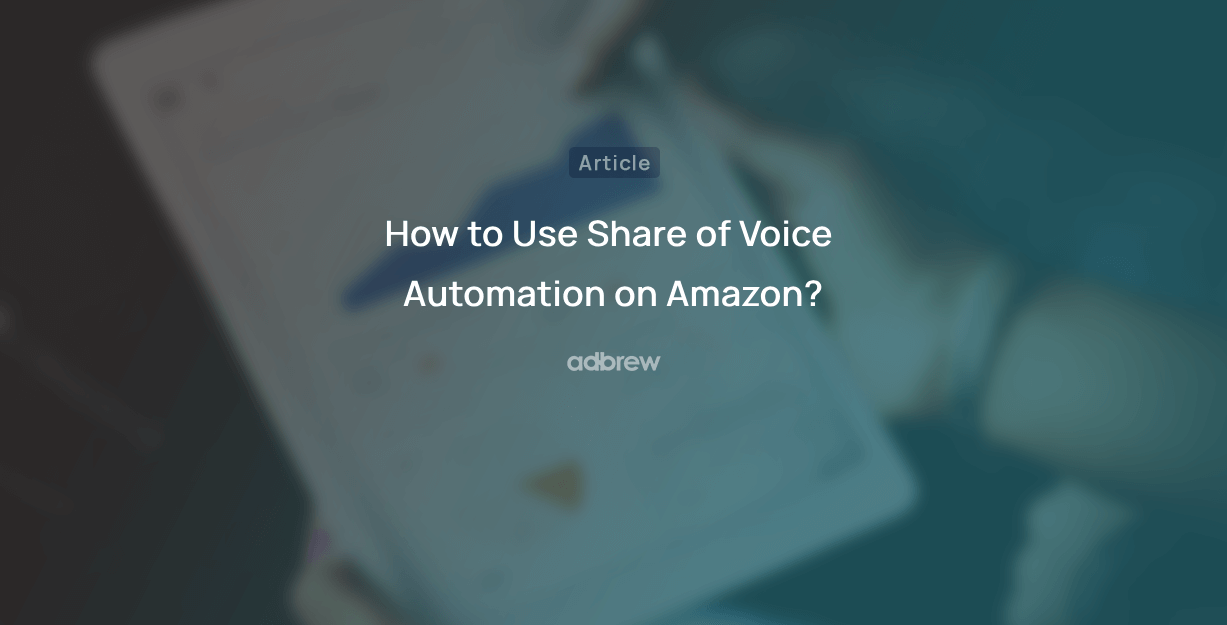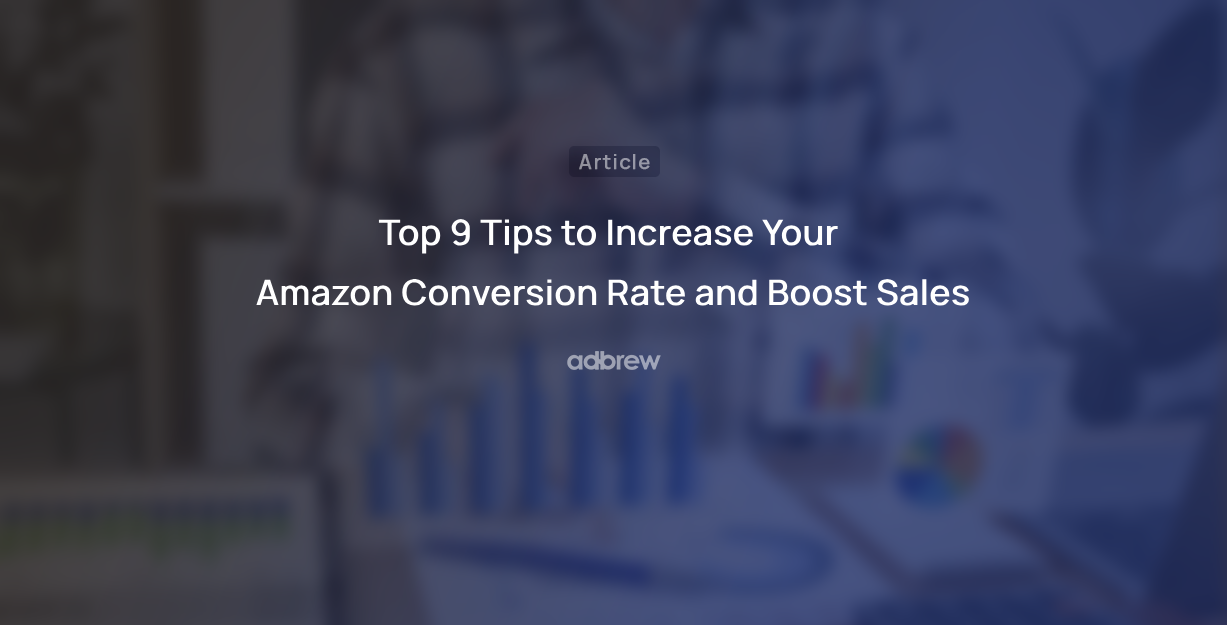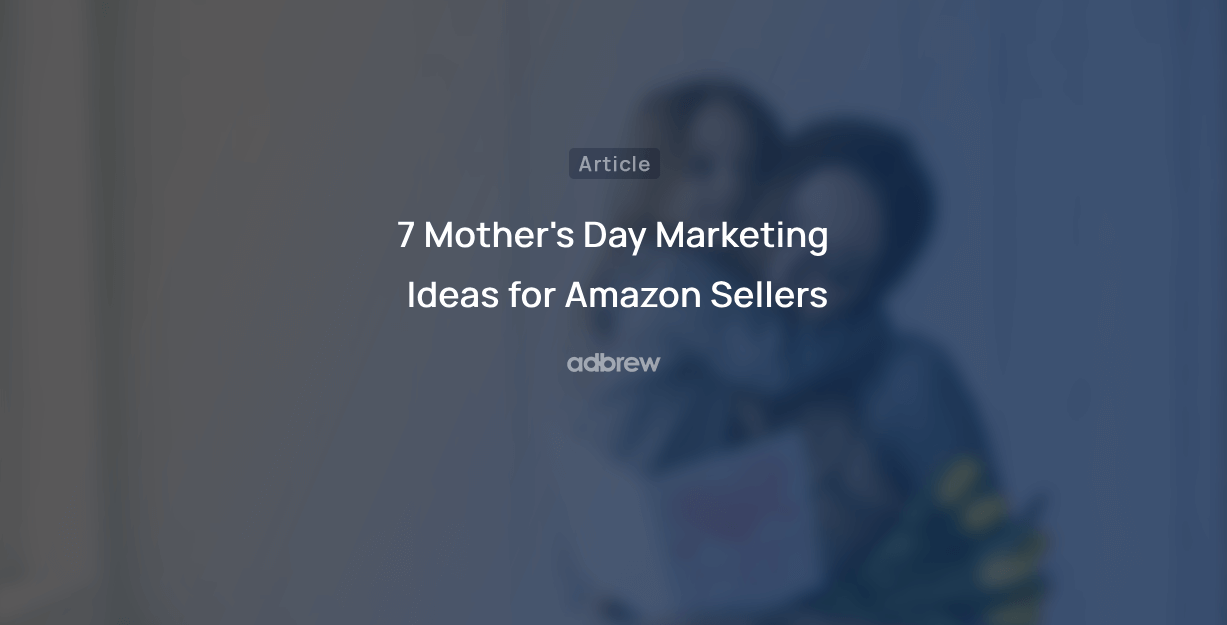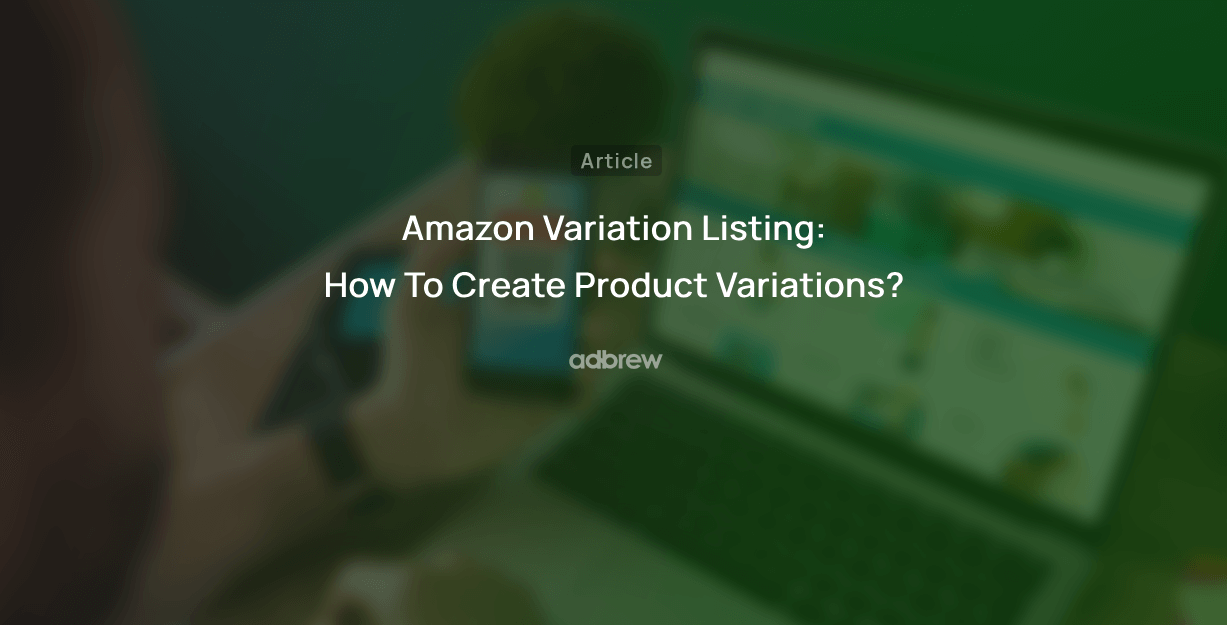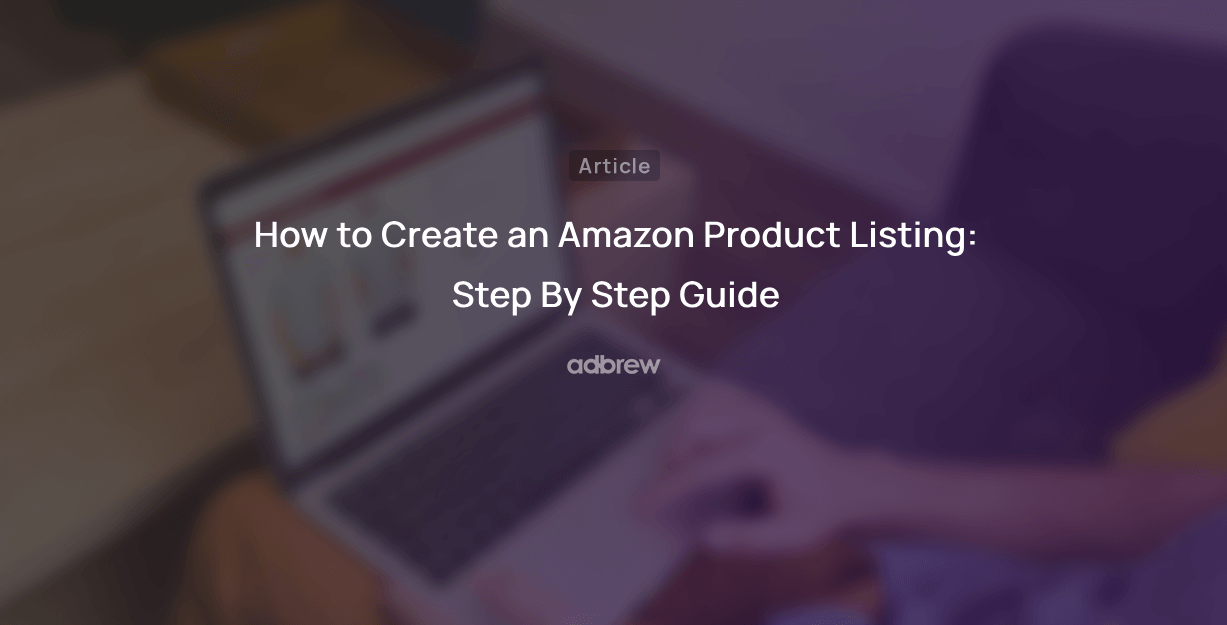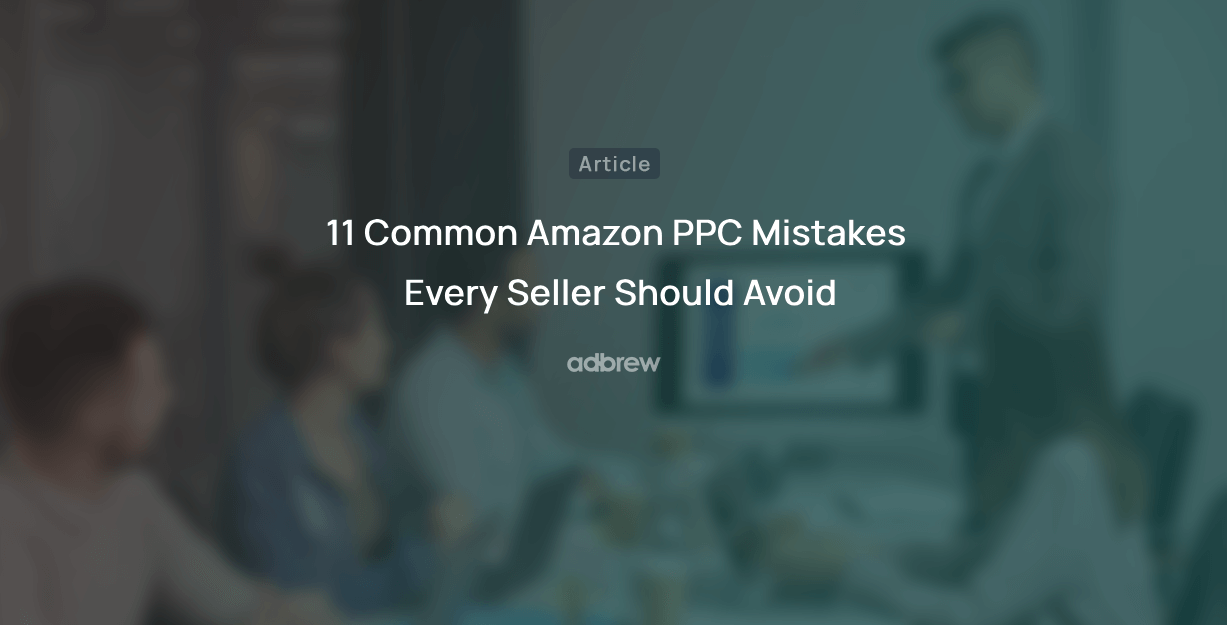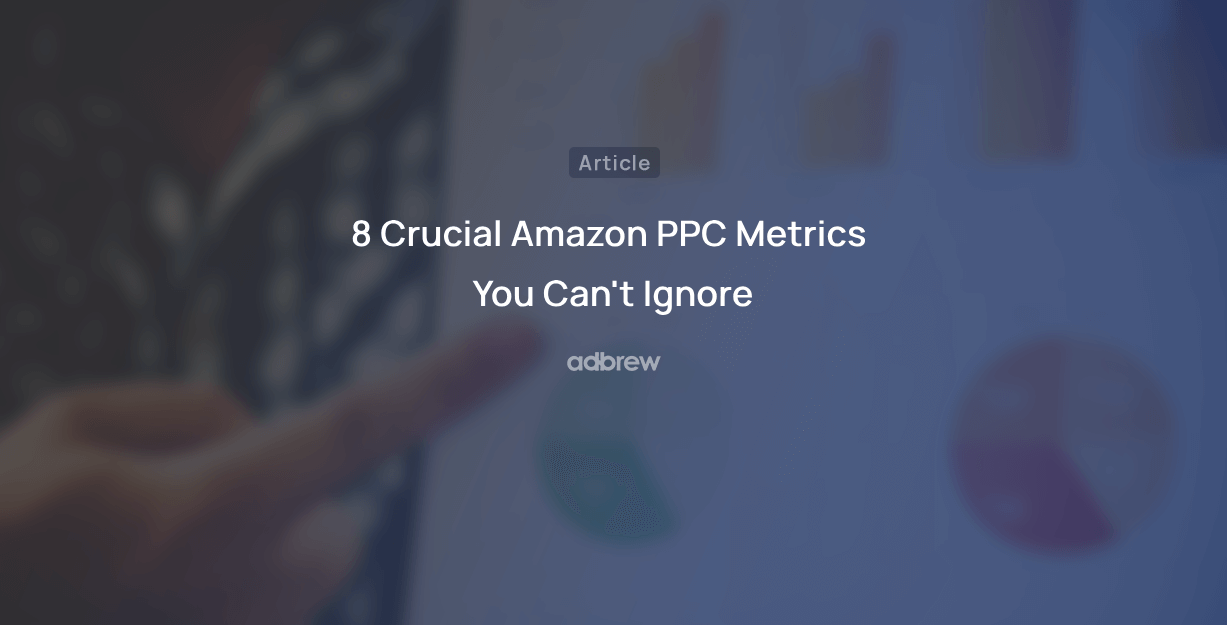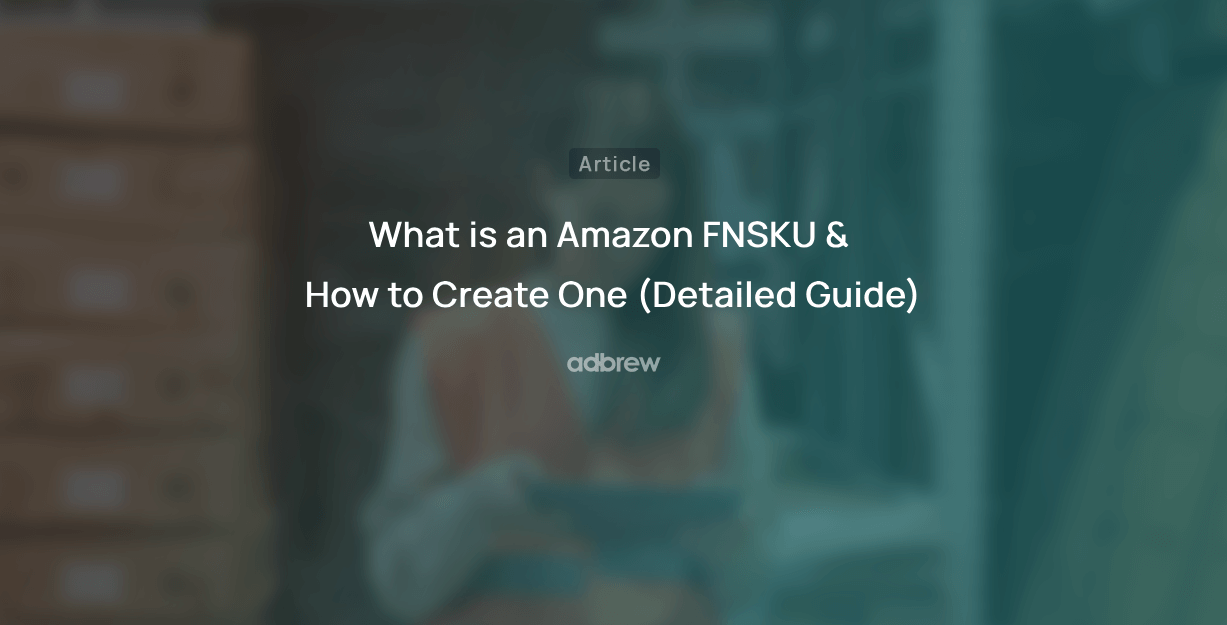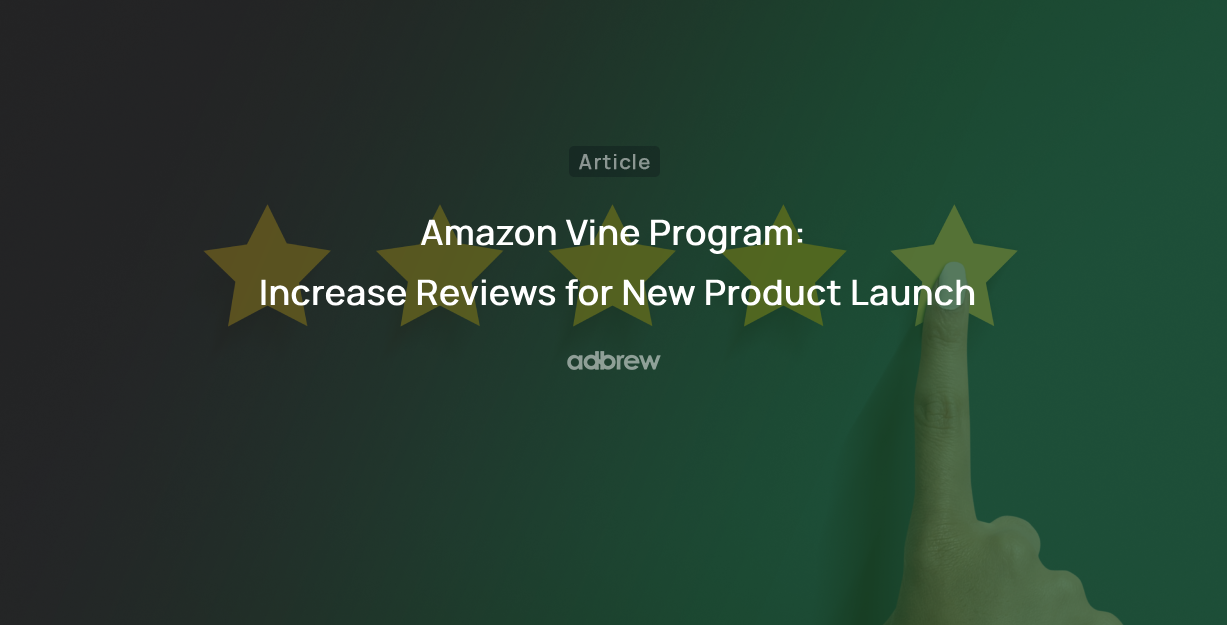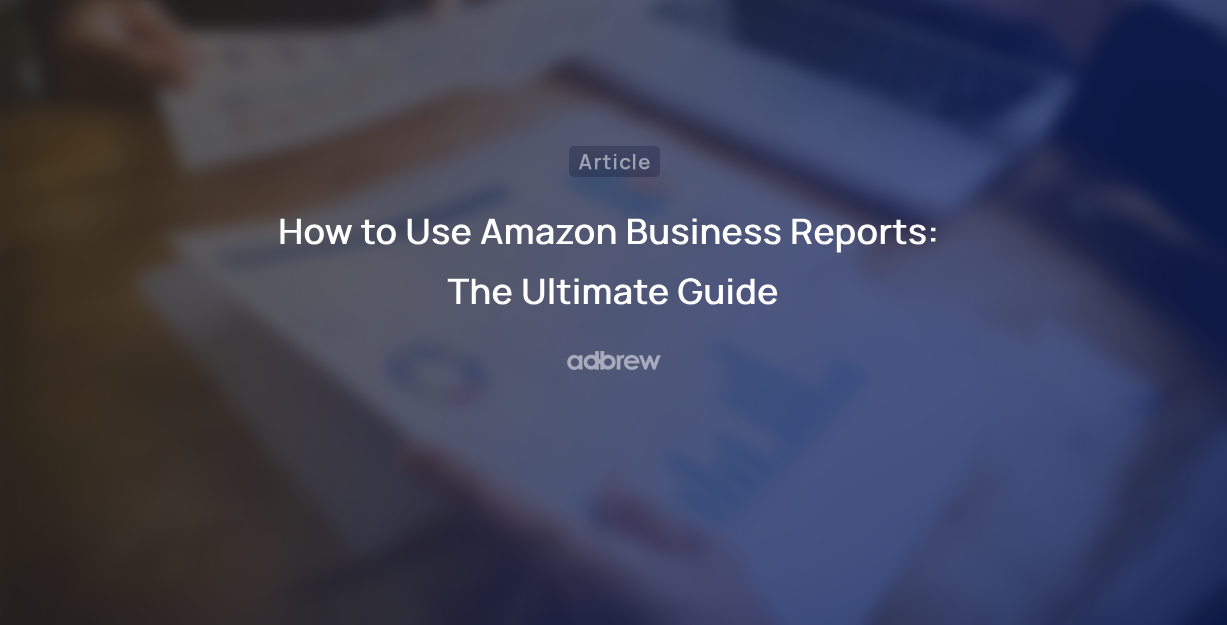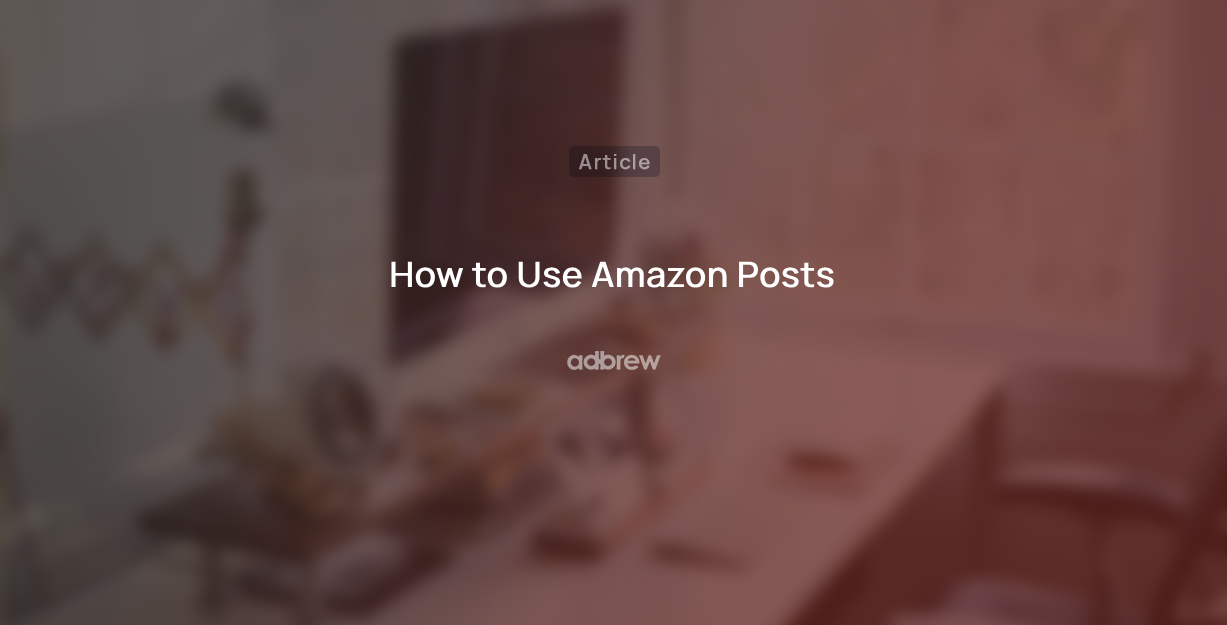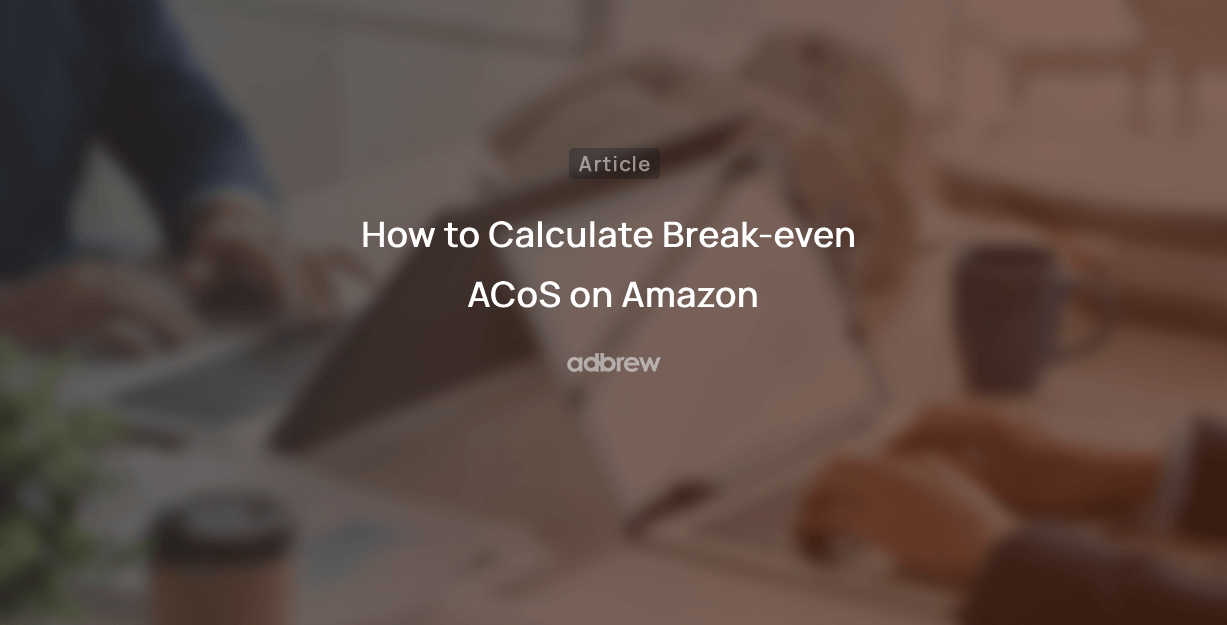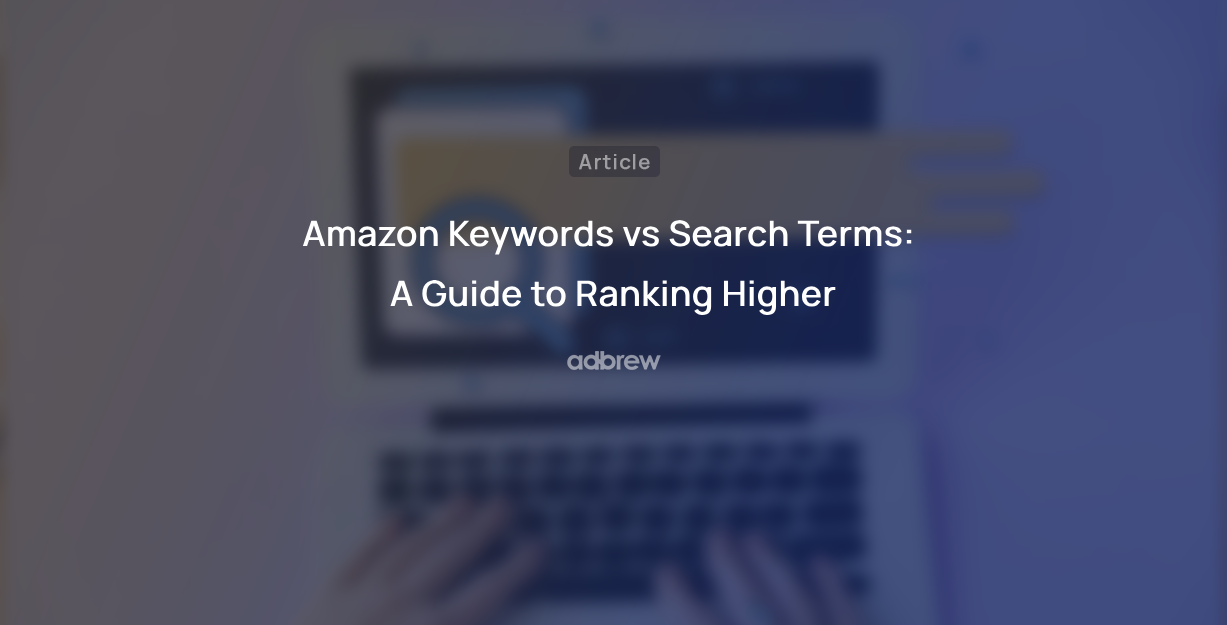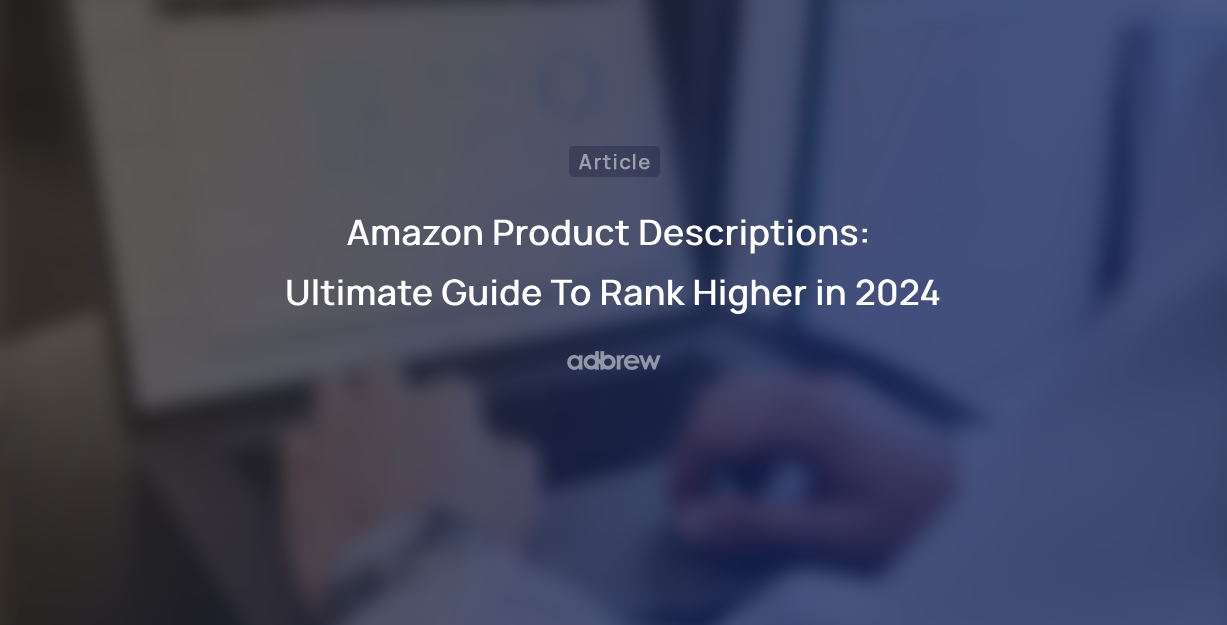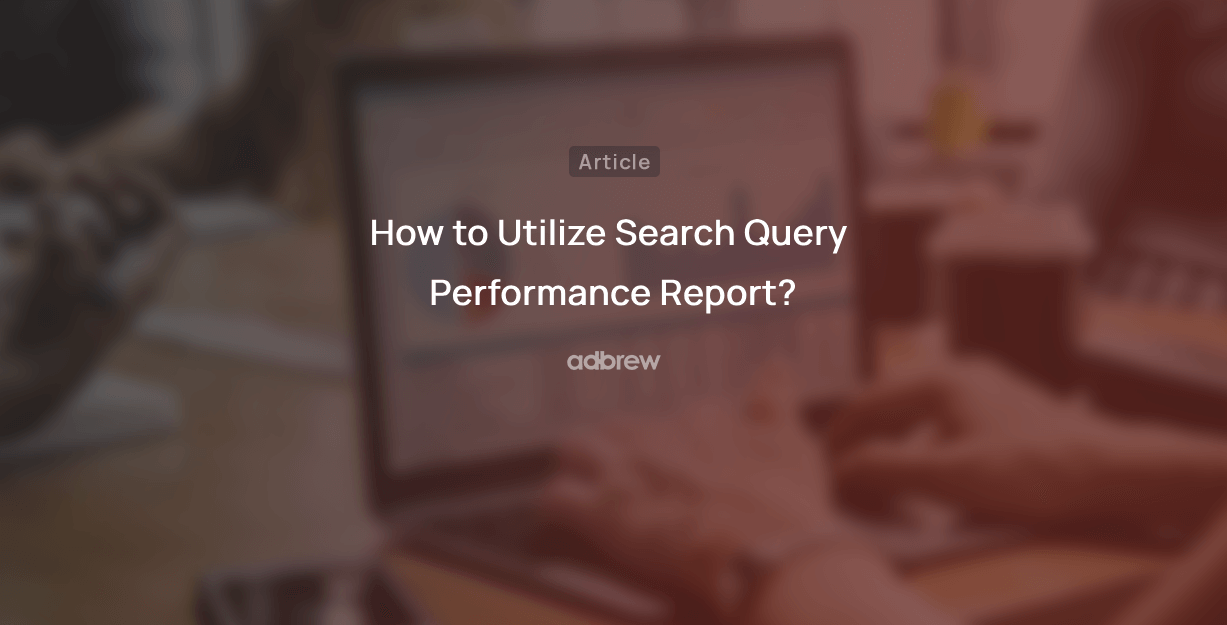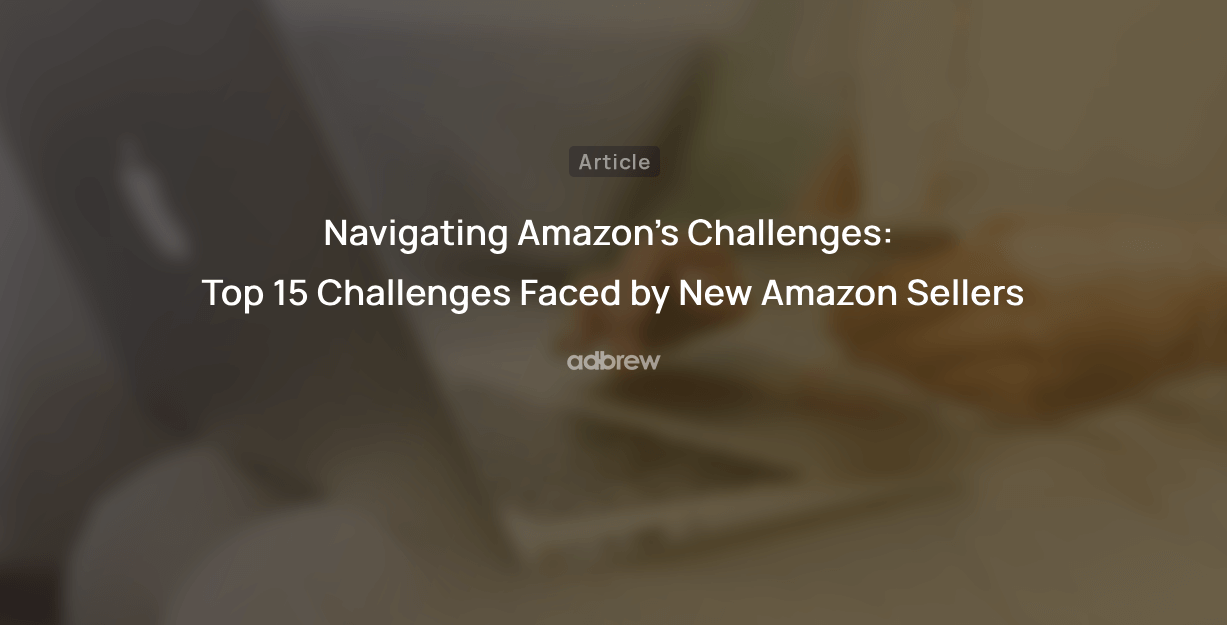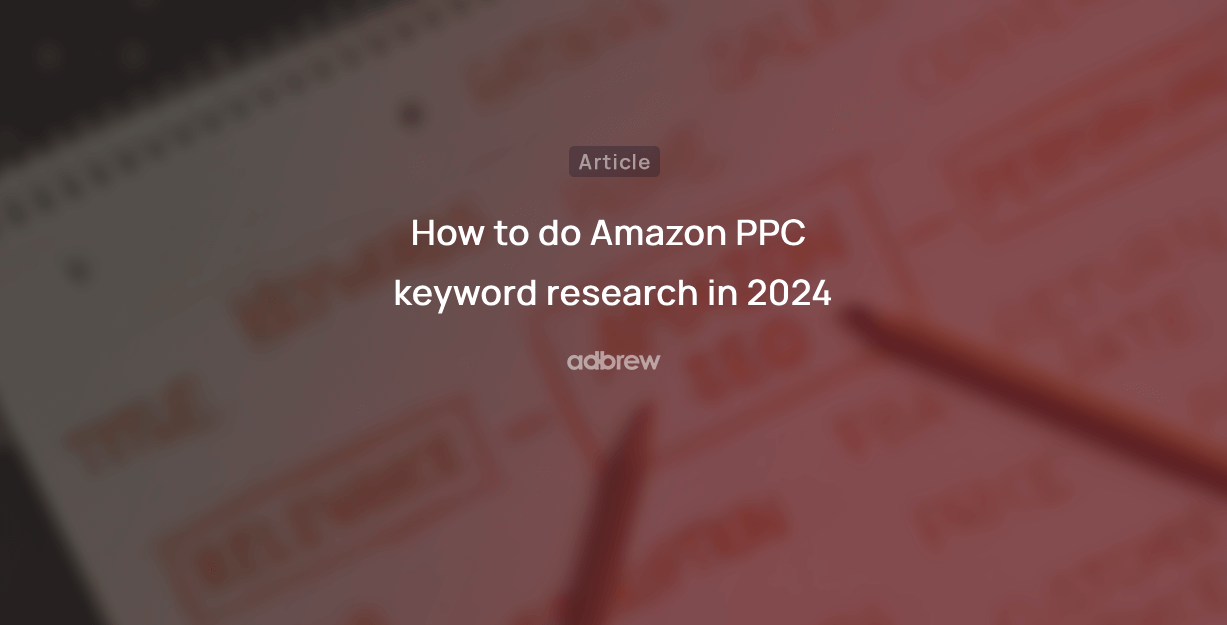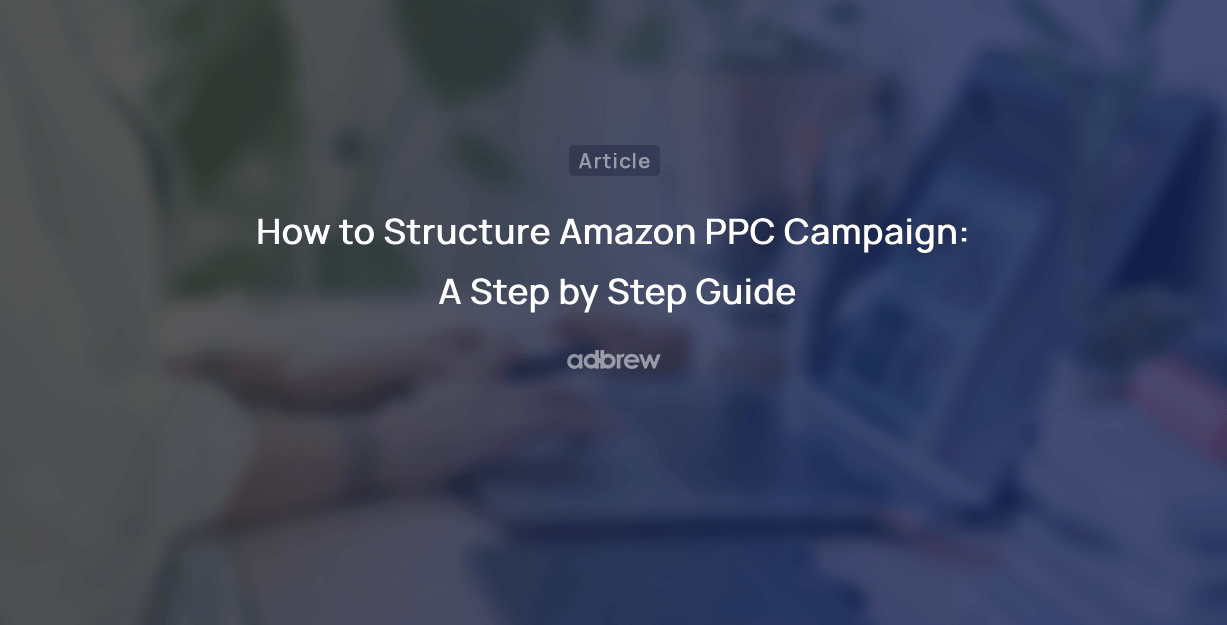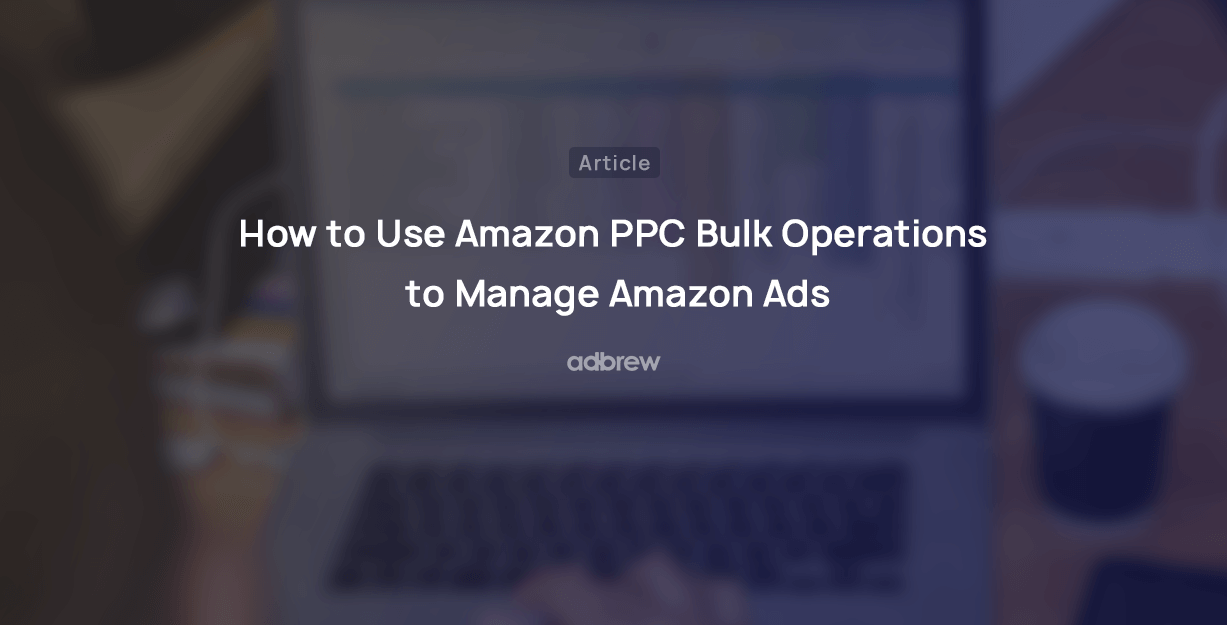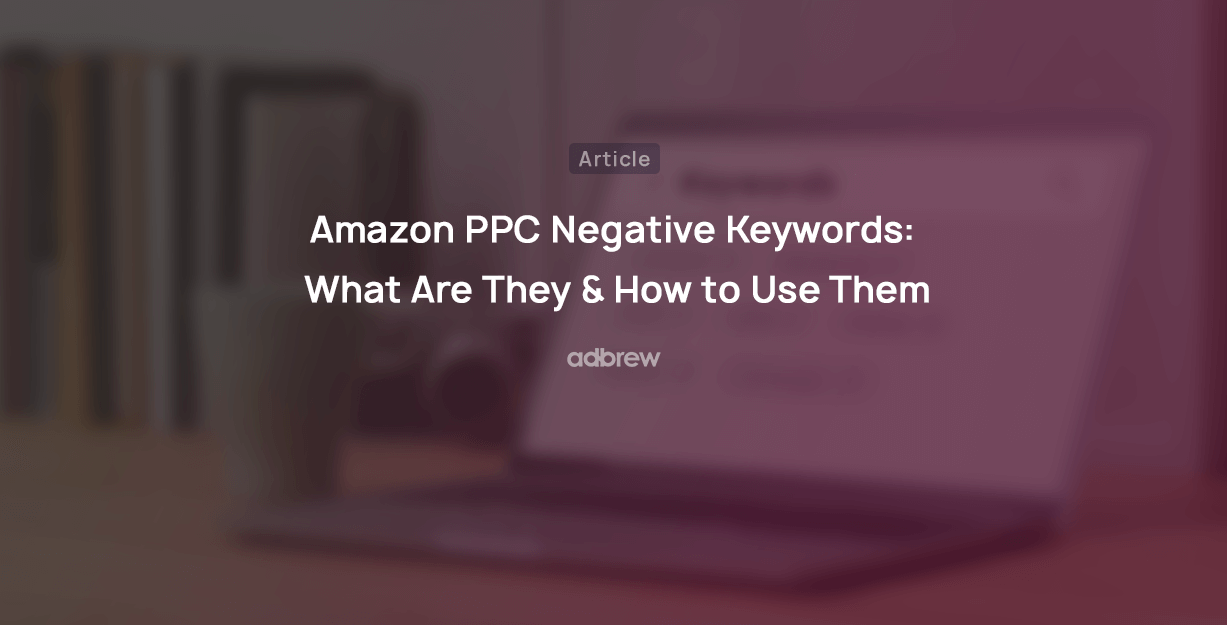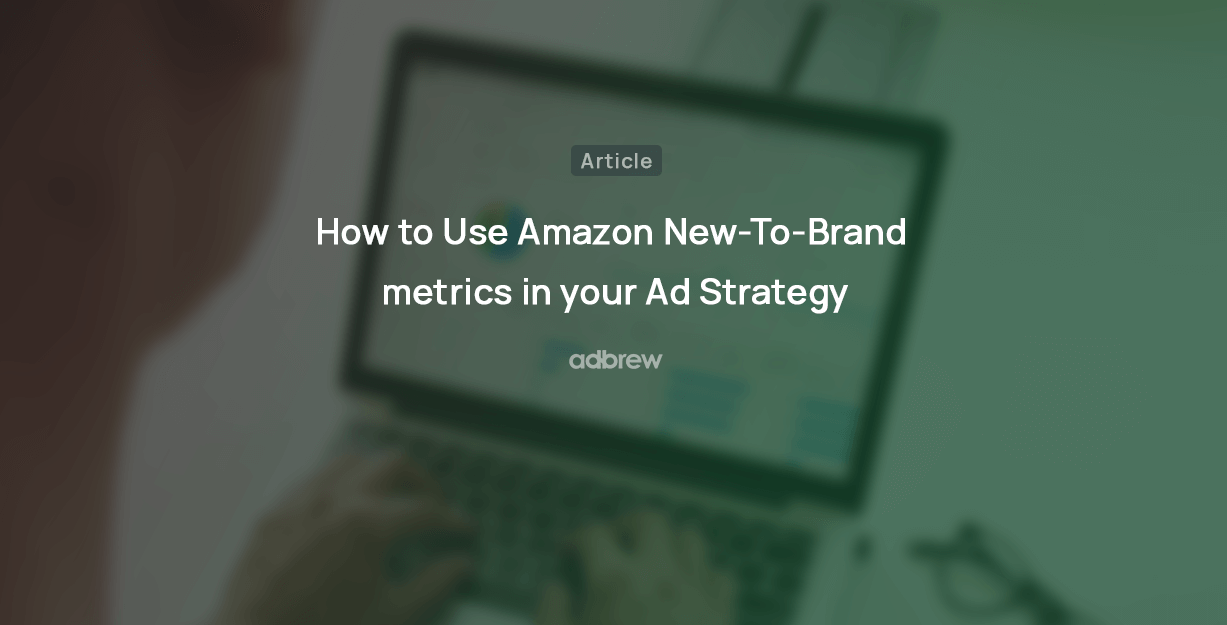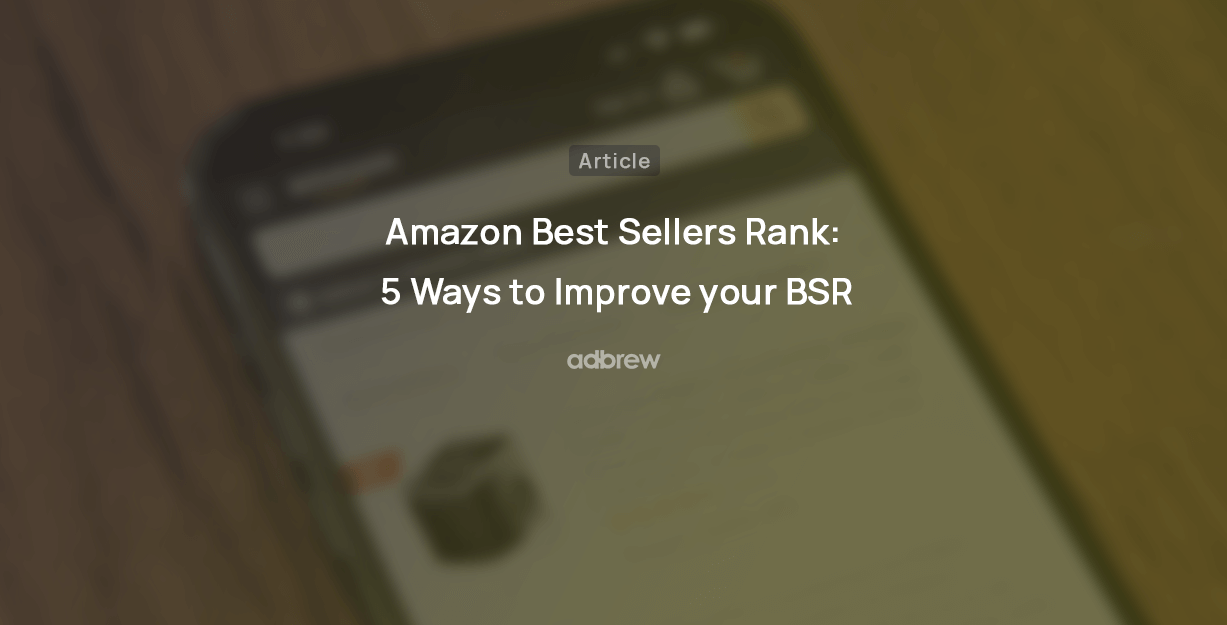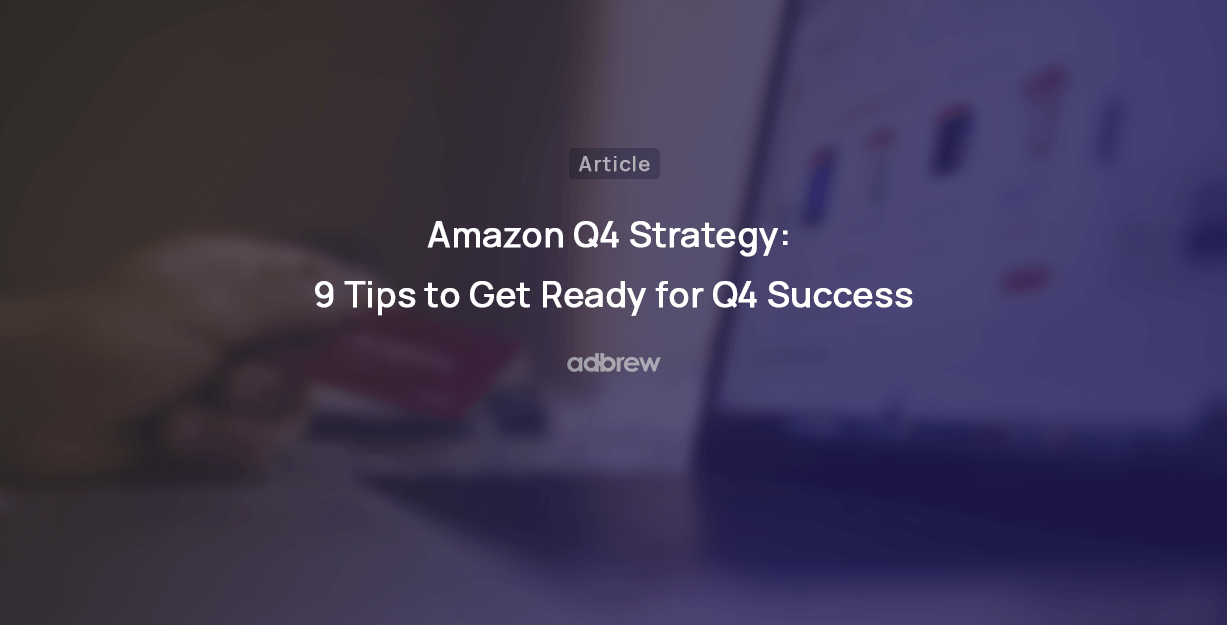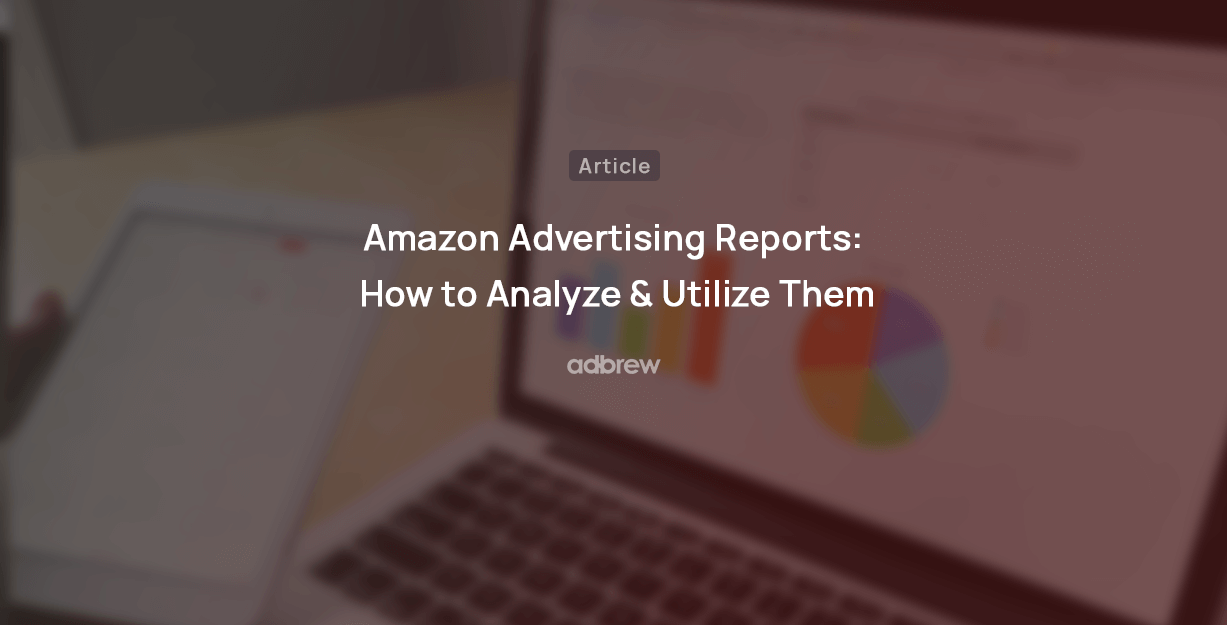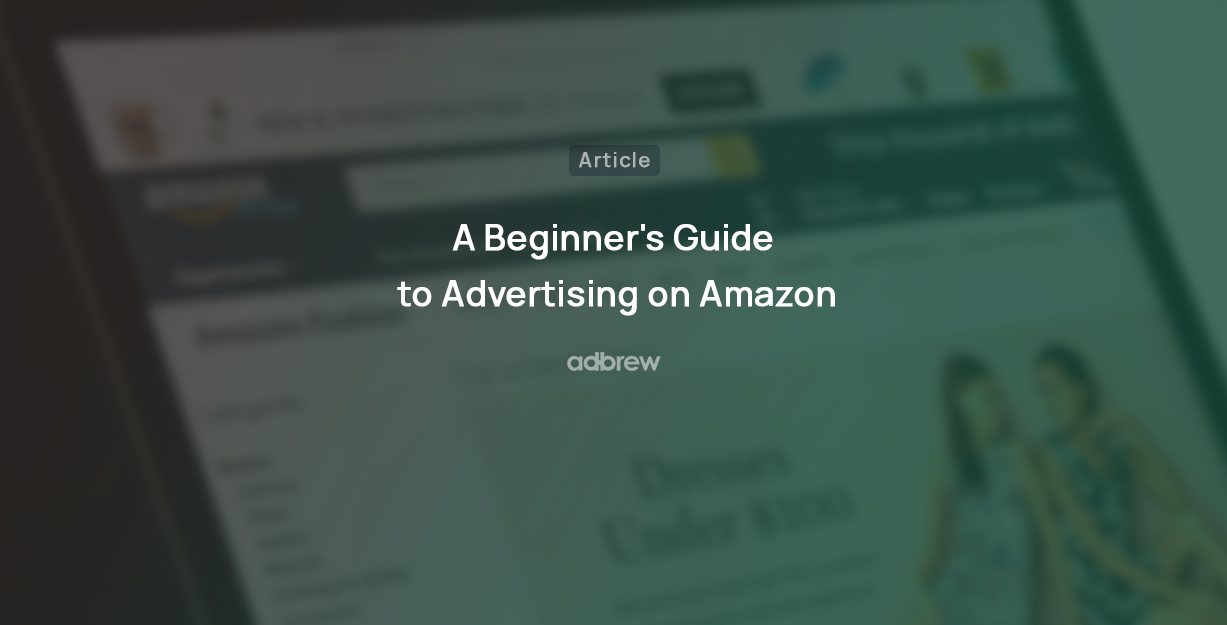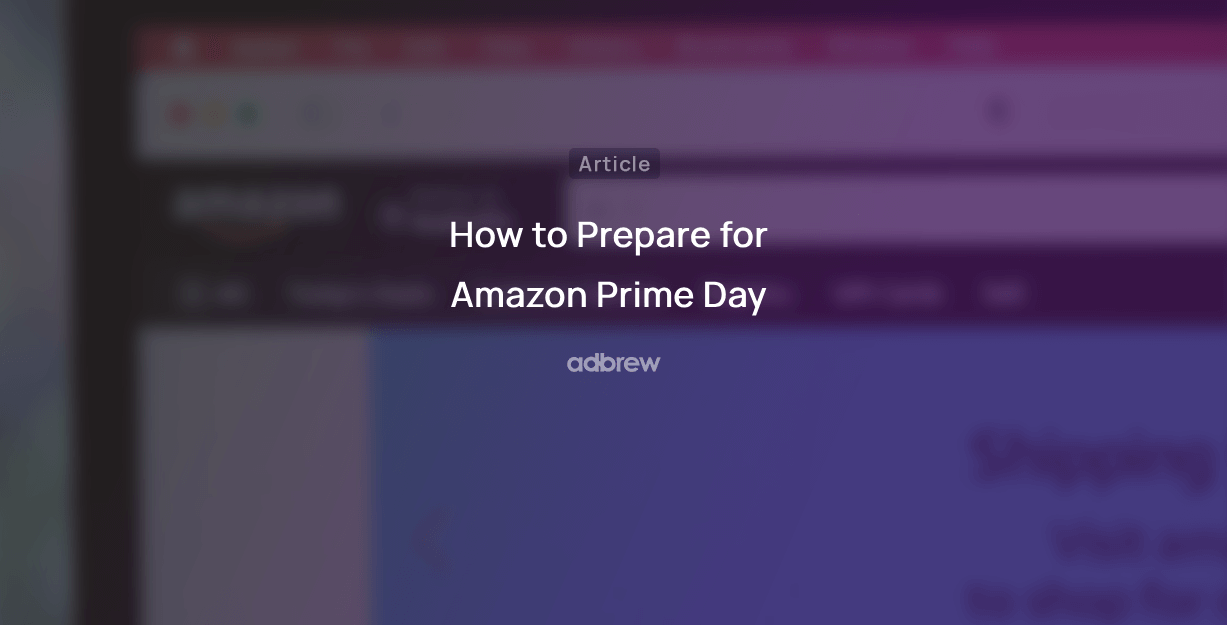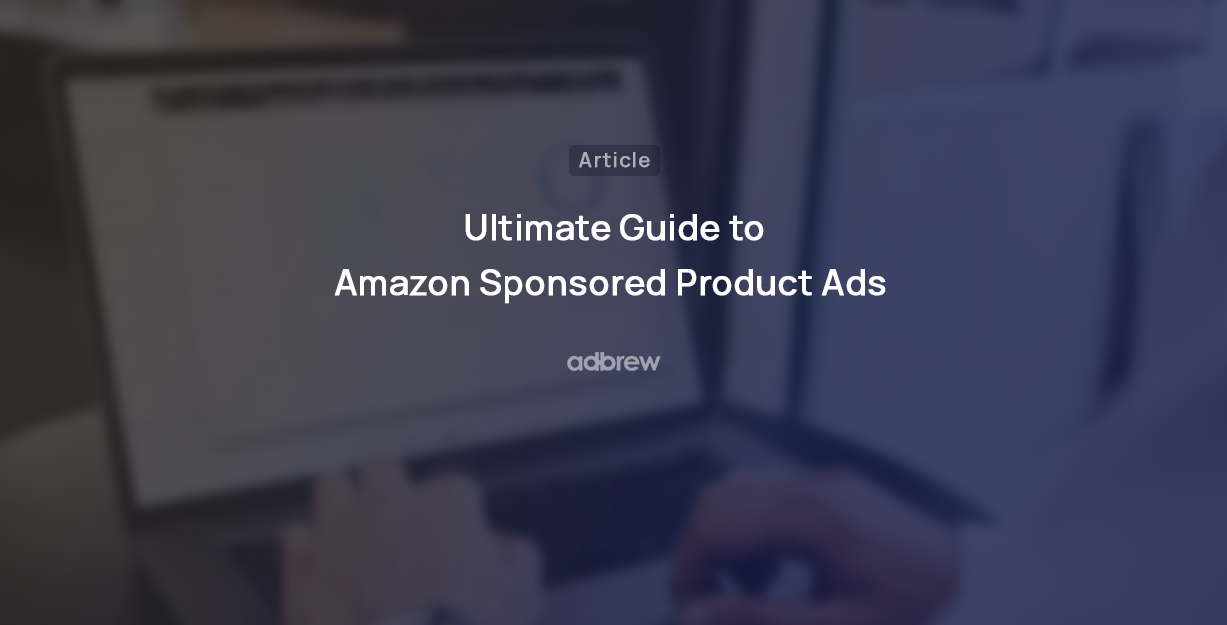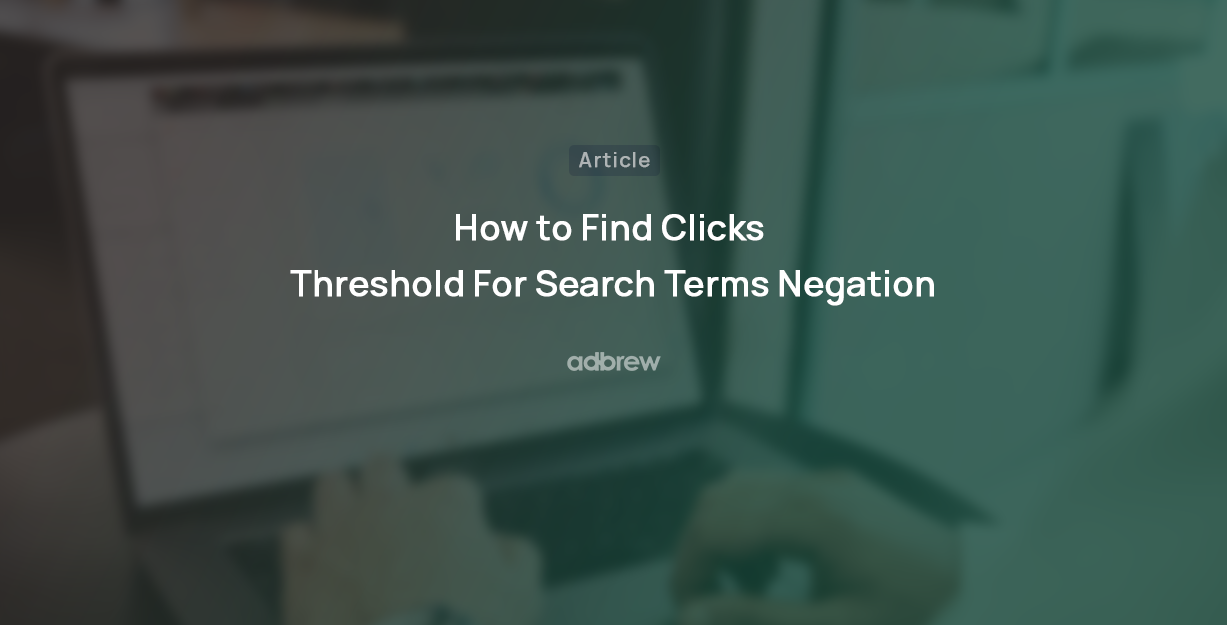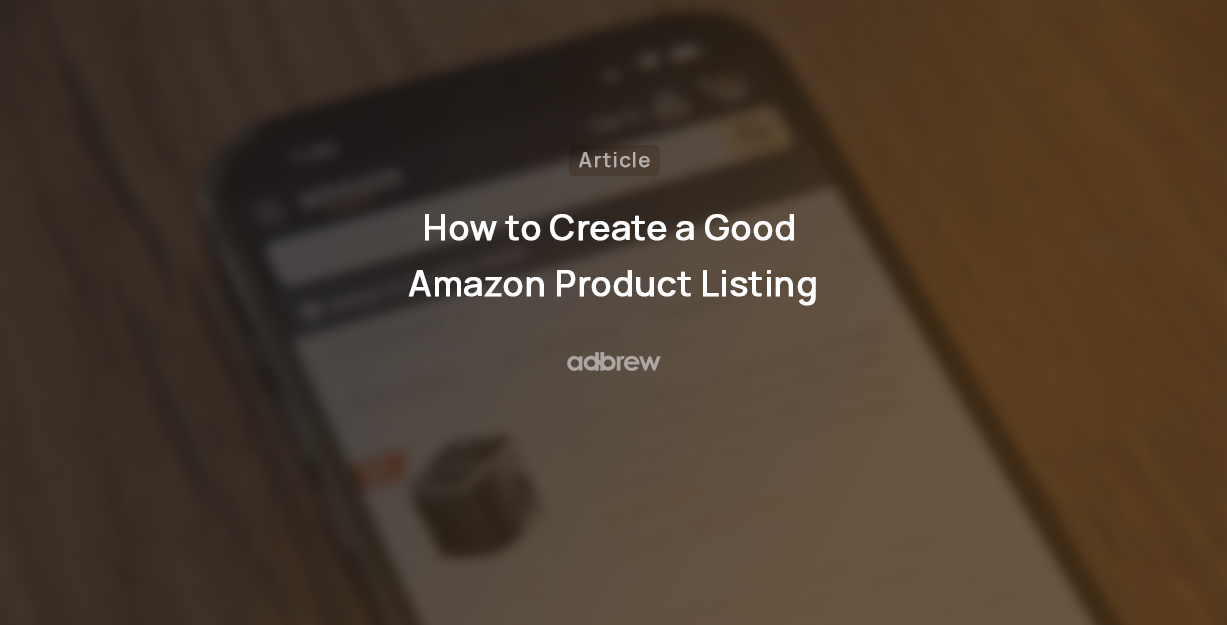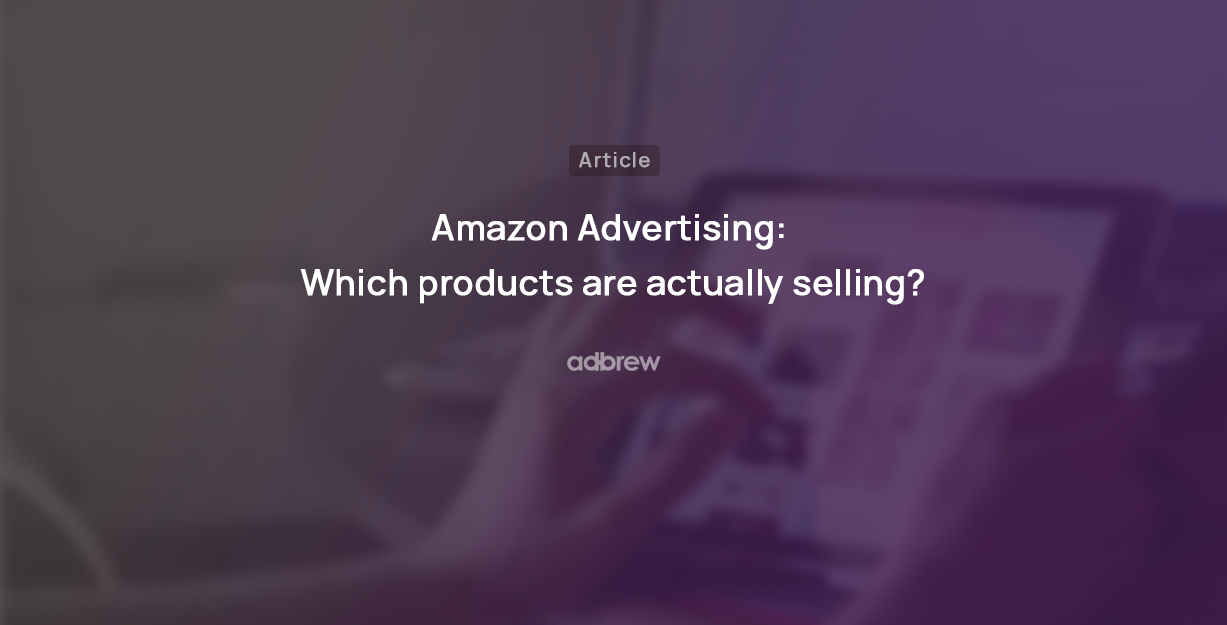Top 9 Tips to Increase Your Amazon Conversion Rate and Boost Sales
20 May 2024
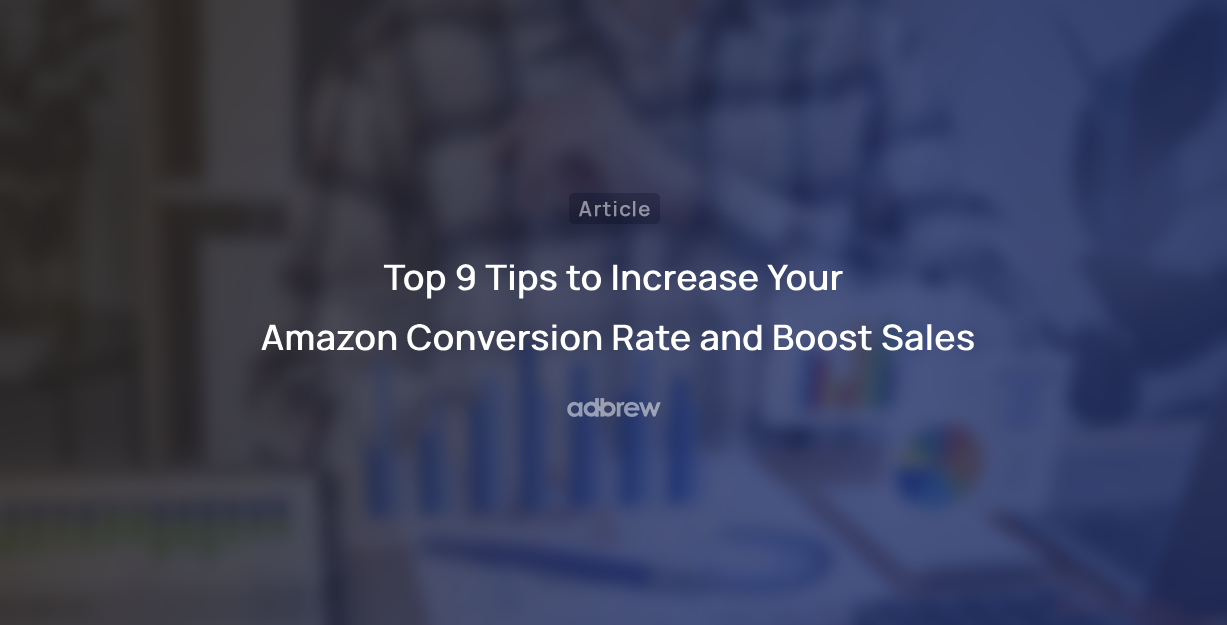
Are you selling products on Amazon and looking to increase your sales? This blog is for you. We’ll share tips to help boost your conversion rate, which is the percentage of visitors to your Amazon page who end up buying your product.
We’ll discuss how to optimize your product listings, provide excellent customer service, and more. These steps will help your products stand out, attract more buyers, and increase your Amazon conversion rate.
Conversion rate on Amazon
The Amazon conversion rate on is a critical metric that measures the effectiveness of your product listings in turning browsing sessions into actual sales. Essentially, it tells you the percentage of customers who purchase after visiting your product page. The formula is (Total Number of Units Ordered / Number of Sessions) * 100. This gives you the percentage of sessions that resulted in a purchase. Hence, the Amazon conversion rate is also called the Unit Session Percentage Rate.
Here’s a breakdown of the calculation:
Total Number of Units Ordered: This refers to the total quantity of products that customers have purchased from your listings within a specific period.
Number of Sessions: A session on Amazon begins when a customer enters your product page and ends when they leave the site or remain inactive for a certain period (usually 30 minutes). The number of sessions represents how many times customers have interacted with your product pages during that period.
What is the Average Conversion Rate on Amazon?
The average conversion rate on Amazon for sellers typically lands between 8% and 12%. This means that out of every 100 people who click on your product listing, roughly 10-15 will end up making a purchase.
However, it’s important to understand that the actual conversion rate for your product can vary significantly depending on several factors like category, price, listing quality, etc.
How to Check the Conversion Rate of Your Product on Amazon
- Access your Amazon Seller Central account and navigate to the Reports section.
- Choose Business Reports from the available options.
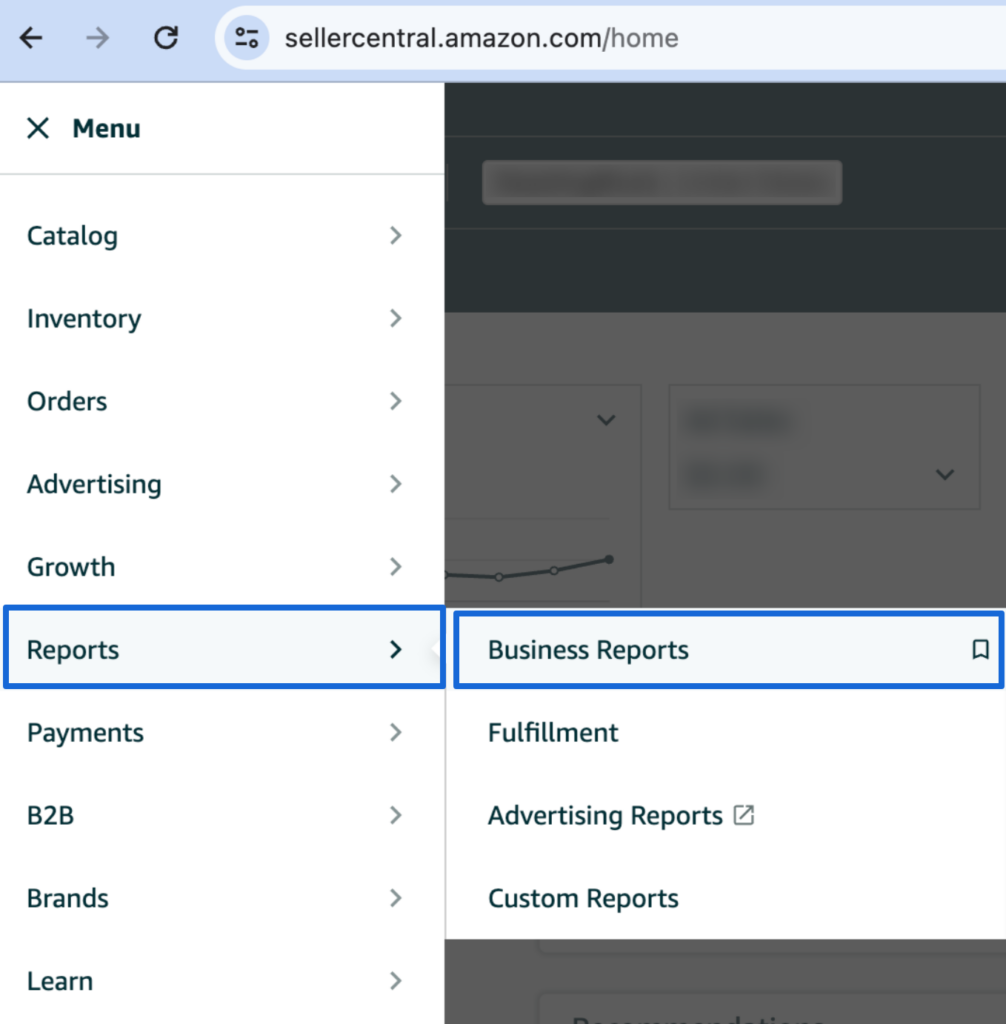
3. Within the Business Reports section, locate the “By ASIN” category.
4. Click on “Detail Page Sales and Traffic” to view detailed sales information for each product.

5. Look for the “Unit Session Percentage” metric, which represents your conversion rate.
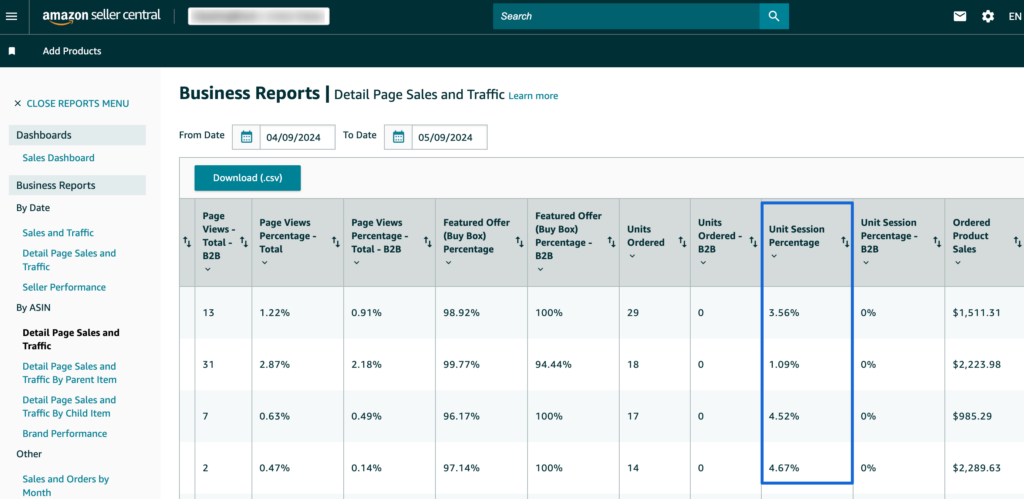
9 Ways to Increase Your Amazon Conversion Rate
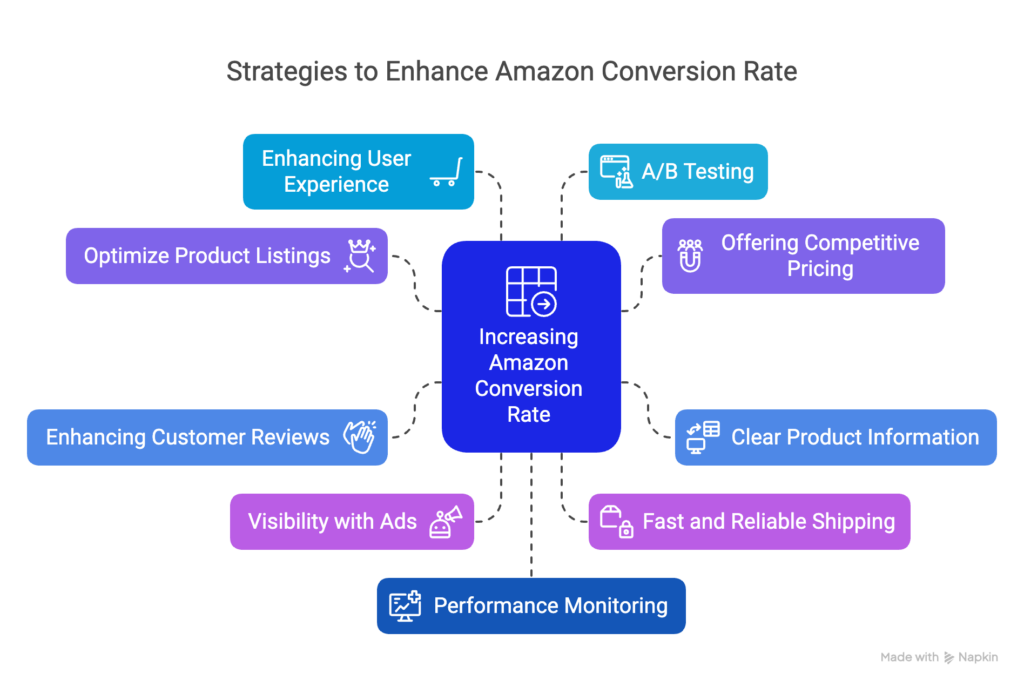
1. Optimize Product Listings
To increase your Amazon conversion rate, focus on optimizing your product listings. Start by creating clear and detailed product titles that accurately describe the item. Use high-quality images that show the product from different angles and highlight important features. Write thorough and informative product descriptions that provide all the necessary details and answer common questions. Include bullet points to summarize key features and benefits.
Additionally, make sure to use relevant keywords in your title and description to improve visibility in search results. By presenting your product effectively, you can attract more customers and increase sales.
2. Offering Competitive Pricing
Customers often compare prices before making a purchase, and having a price that is lower or similar to your competitors can encourage more sales.
Make sure to regularly review and adjust your prices based on market trends and competitor prices to stay attractive to potential buyers. Competitive pricing can make your product listings more appealing and improve your chances of turning visitors into customers.
3. Providing Clear Product Information
Accuracy and transparency in your product information build trust with customers and reduce the likelihood of returns or negative reviews. Ensure that all product details, including dimensions, materials, and specifications, are clearly communicated to set accurate expectations for buyers.
Concise yet comprehensive usage instructions can enhance the customer experience by helping buyers understand how to use and care for your product effectively. By providing clear guidance upfront, you minimize the risk of confusion or dissatisfaction post-purchase, which can further contribute to a higher Amazon conversion rate.

4. Enhancing Customer Reviews
Positive reviews are a powerful form of social proof that can influence purchasing decisions. Encourage satisfied customers to leave reviews by providing exceptional customer service and follow-up communication. By nurturing positive relationships with your customers, you increase the likelihood of receiving glowing reviews.
Answer customer questions very diligently. It will help you achieve a good conversion rate on Amazon in the long run.
Addressing negative reviews promptly and professionally demonstrates your commitment to customer satisfaction. By acknowledging feedback, addressing concerns, and offering solutions, you show potential buyers that you value their opinions and are dedicated to providing a positive shopping experience.
5. Get Visibility on Promentinet Placement on Amazon Using Ads
Investing in sponsored ads can help achieve prominent placement on Amazon where users have high buying intent. Examples include top search results (sponsored product ads), sponsored brand ads (which allow creative headlines for better messaging communication), and sponsored brand video ads (which provide more options to communicate your message and hence improve the Amazon conversion rate). This is a strategic way to increase your product’s visibility and reach a broader audience. By targeting specific keywords and demographics, you can ensure that your ads are displayed to shoppers who are most likely to be interested in your products.
6. Offering Fast and Reliable Shipping
Enrolling in Fulfillment by Amazon (FBA) enables you to utilize Amazon’s extensive fulfillment network for offering fast and reliable shipping to customers. By outsourcing order fulfillment to Amazon, you can ensure timely delivery and provide customers with peace of mind.
Clearly communicating shipping options, delivery times, and associated costs helps in managing customer expectations and reduces the risk of surprises at checkout. By providing transparent shipping information upfront, you instill confidence in potential buyers and encourage them to complete their purchase.
7. Enhancing User Experience
Optimizing your product pages for mobile devices is essential for providing a seamless shopping experience across all devices and improving your Amazon conversion rate. By ensuring that your product listings are mobile-friendly, you accommodate shoppers who prefer to browse and make purchases on their smartphones or tablets.

8. Utilizing A/B Testing
Experimenting with different variations of product elements enables you to identify what resonates best with your target audience. Through testing different titles, images, pricing strategies, and promotional offers, you can gather valuable insights into what drives conversions and sales.
Utilizing Amazon’s built-in analytics tools, you can track the performance of your A/B tests and make data-driven decisions to optimize your listings. By continuously testing and refining your product listings, you can enhance their effectiveness and maximize your chances of success on the platform.
9. Monitoring and Analyzing Performance
Regularly monitoring your Amazon conversion rate and other key metrics using Amazon’s reporting tools enables you to identify trends and patterns in your sales data. Through analyzing customer feedback, sales trends, and competitive insights, you can uncover opportunities for optimization efforts.
By staying informed about your performance metrics and actively seeking feedback from customers, you can continuously refine your strategies and adapt to changing market conditions. By remaining agile and proactive in your approach, you position yourself for long-term success in the Amazon marketplace.
Using Search Query Performance Report to Increase Your Amazon Conversion Rate
Using metrics available in the Searcg Query Performance Report you can gauge the steps you need to take to increase your Amazon conversion rate.
Traditionally, sellers relied on metrics like Best Seller Rank (BSR) or search volume to gauge demand. However, these indicators often came with limitations. BSR could only reveal top-performing products after they had already reached the summit, while search volume, though indicative, didn’t always translate into actual purchases.
Firstly, let’s consider the cost per click. You can estimate this by knowing how much your competitors are spending on ads and how many clicks they’re getting. If, for example, they convert 10% of those clicks into sales, and you expect a similar conversion rate, you can calculate how much you need to spend to match their sales volume.
Let’s break it down further. If your competitor sells 100 units for a keyword, and you want to achieve the same level of sales, you’d need to budget accordingly. This approach helps you plan your marketing budget scientifically, whether it’s for a week, a month, or even longer.
Now, Amazon provides us with valuable data to do this, which was just a dream a year ago. They share insights like search term rankings, click shares, and conversion shares through tools like Brand Analytics Amazon Search Terms (BA AST) and Brand Analytics Search Query Performance (BA SQP).
Using these tools, you can see which keywords are popular and how well your products are performing for those keywords. For instance, BA SQP shows search volume, impressions, clicks, add-to-carts, and purchases. Combining this with data from BA AST, which highlights the top-performing products for specific search terms, gives you a comprehensive understanding of your market position.
Let’s simplify it even more. Suppose you want to know how well your product ranks for a specific keyword, like “computer speakers.” You’d check BA SQP to see the search volume and your product’s performance metrics. Then, in BA AST, you’d find the top products for that keyword and their conversion shares.
By comparing these metrics, you can gauge your product’s performance and decide on your marketing strategy. This data-driven approach helps you allocate your budget effectively and focus on keywords where you can compete successfully.
In summary, Amazon’s data tools provide invaluable insights for planning your marketing efforts. By understanding your market position and competitors’ performance, you can make informed decisions to drive sales and increase your Amazon conversion rate.
Conclusion
In conclusion, consistently reviewing the Amazon conversion rate is essential for understanding how effectively your product listings are translating interest into sales. By analyzing customer behavior, feedback, and market trends, you can identify areas for improvement and refine your strategies accordingly. Focus on providing a seamless shopping experience, addressing customer concerns, and optimizing your product listings to better meet the needs of your target audience.
Remember, improving your conversion rate is an ongoing process that requires attention to detail and a willingness to adapt to changing circumstances. By staying proactive and responsive to customer feedback, you can steadily increase your conversion rates and drive sustainable growth for your business.
Maximize Your ROI on Amazon Advertising Spend
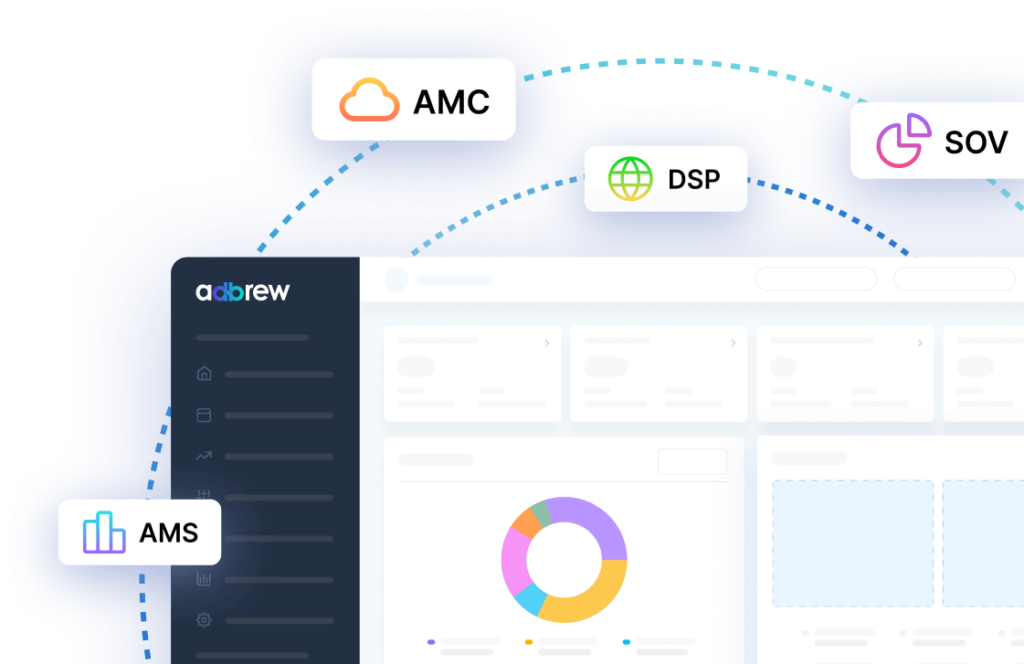
Frequently Asked Questions
Are A+ Content and Enhanced Brand Content (EBC) worth it?
A+ Content and EBC enhance the visual appeal and informative nature of your product pages, helping to build trust and improve conversions. These tools are especially effective for premium products.
How does Amazon’s Choice badge impact conversions?
The Amazon’s Choice badge signals quality and reliability, often leading to higher click-through and conversion rates. Optimize your listings to qualify for this badge.
How can I handle out-of-stock situations to retain customers?
Clearly communicate expected restock dates and offer alternatives to retain customer interest. Avoid frequent stockouts to maintain buyer trust and improve the Amazon conversion rate.
Recent Posts
Take your Amazon PPC advertising to the next level

Related Blogs
Running Amazon ads with an empty shelf? You might as well be burning cash. Many sellers focus on optimizing bids, […]
In today’s competitive digital landscape, growing your eCommerce brand requires more than just a standalone website or a single marketplace […]
Are you an Amazon seller looking to offload excess inventory or seasonal items? The Amazon Outlet program might be just […]
Turning your bookshelf into a source of income has never been easier, thanks to Amazon. If you have books collecting […]
If you’re an Amazon seller, encountering an account suspension or policy violation can be a significant setback. But with the […]
Introduction Amazon dropshipping is an increasingly popular way to run an e-commerce business without the need to store or ship […]
Introduction The Amazon Influencer Program is a great way for content creators to turn their influence into earnings. This program […]
Introduction Amazon Kindle Direct Publishing (KDP) is a platform that allows authors to self-publish their work as ebooks or print […]
Selling on Amazon offers many opportunities for businesses, but it’s essential to understand the costs involved with Fulfillment by Amazon […]
Walmart is quickly becoming a popular platform for brands and sellers to connect with more customers. One way to boost […]
In today’s competitive retail landscape, reaching the right audience at the right time is crucial for success. Walmart’s Demand Side […]
In today’s fast-paced eCommerce landscape, shoppers demand speedy delivery. Walmart has responded by offering 2-day shipping, giving sellers on the […]
Running successful Walmart advertising campaigns takes more than just setting them up—it requires ongoing optimization. A Walmart PPC (Pay-Per-Click) audit […]
Are you ready to tap into the massive potential of Walmart Marketplace? With millions of daily visitors and a loyal […]
In the world of e-commerce, Amazon and Walmart reign supreme, dominating the retail landscape. These two giants offer vast opportunities […]
Are you a brand owner struggling to maintain control over your products on Walmart? The Walmart Brand Portal is here […]
Are you dreaming of a passive income stream from your Walmart store? The allure of an automated Walmart store with […]
Are you a seller looking to tap into the massive market of private-label brands? Walmart, one of the world’s largest […]
Tired of your Walmart products getting lost in the shuffle? In this blog post, we’ll dive into the essential strategies […]
Ever wondered why some Amazon sellers seem to have a magic touch with product bundles? It’s not luck—it’s strategy. Bundling […]
If you’re a Walmart seller looking to grow your business through retail media, Walmart Connect could be a game-changer. But […]
If you’re an Amazon seller, you may have noticed a portion of your inventory marked as “reserved” without knowing exactly […]
Have you ever wondered what managing your own Amazon orders is like? Switching from Fulfilled by Amazon (FBA) to Fulfilled […]
Walmart Marketplace offers an exciting opportunity for sellers to reach a vast audience by listing their products on Walmart’s platform. […]
Selling products on online marketplaces has become a vital strategy for businesses to reach more customers. If you’re looking to […]
Are you a Walmart seller aiming to improve your visibility and sales? In this blog, we will explore Walmart SEO, […]
As an Amazon brand owner, maintaining control over your product listings is essential to protect your brand’s reputation and customer […]
Improving your sales on Walmart starts with understanding how to consistently win the Buy Box. Securing this position can make […]
Are you an Amazon seller struggling to increase your rating? A high seller rating is crucial for attracting new customers […]
As an Amazon seller, providing the best customer service is paramount to maintaining a positive customer experience. One key metric […]
If you’re an Amazon seller and curious about Amazon IPI score and its impact on your business, this blog post […]
Introduction Starting an Amazon subscription box business presents a unique opportunity to tap into the growing trend of curated, recurring […]
Thinking about using Fulfillment by Amazon (FBA) to sell on the Amazon marketplace? Awesome! But before you box up your […]
Thinking about using Fulfillment by Amazon (FBA) to streamline your Amazon business? While FBA offers a convenient way to store […]
For FBA sellers, the Amazon Buy Box is the holy grail of product visibility. But with constant algorithm updates and […]
Have you ever wished you could offer customers pre-made packages of complementary products without the hassle of physically bundling them […]
Have you ever wanted to create a more branded and engaging presence for your products on Amazon? An Amazon storefront […]
Are you storing items on Amazon for a while? If so, it’s important to be aware of Amazon long term […]
When selling products on Amazon, it is crucial to follow their packaging requirements, rules, and guidelines. Proper packaging ensures that […]
Amazon A/B testing can significantly enhance your product listings and boost sales. This method, also known as split testing, involves […]
Have you ever browsed Amazon and stumbled upon a product with a little blue badge that reads “Amazon’s Choice“? It […]
Amazon FBA vs FBM needs to be explored, when we ship products and handle orders while selling on Amazon. With […]
Ever feel like you’re missing something in your Amazon PPC Search Terms report? You might be! Sure, they show what […]
Amazon can be a fantastic platform to reach new customers, but keeping your virtual shelves stocked can get tricky. That’s […]
Navigating Amazon as a new seller can be tough, but there are tools and programs available to help such as […]
Have you ever scrolled through an Amazon search result page and noticed product recommendations nestled alongside the standard listings? These […]
Finding time for yourself while selling on a competitive marketplace like Amazon can be challenging. As a seller, your main […]
Starting an E-commerce business has become quite easy with Amazon, but it also brings heavy competition. Millions of Amazon sellers […]
As an Amazon seller, you know the importance of getting your products seen. But with millions of listings, how do […]
Ever scrutinized an Amazon product page and noticed the cryptic “Sales Rank”? Wondering what it means and how it impacts […]
Millions of products compete for customer attention on Amazon’s search results page, making it tough for your brand to stand […]
Are you selling products on Amazon and looking to increase your sales? This blog is for you. We’ll share tips […]
Are you an Amazon seller looking to boost your brand visibility and profitability? Are you feeling stuck in the cycle […]
Ever wonder what drives your online shopping habits? Perhaps a captivating product description, or an eye-catching professional photo? As it […]
For any seller on Amazon, understanding the A9 algorithm is crucial for success. This complex algorithm dictates which products appear […]
Are you an Amazon seller looking to turn those single purchases into recurring revenue? Look no further than the Subscribe […]
Amazon has become a go-to platform for all e-commerce business owners to launch and scale their e-commerce brands online. But […]
Mother’s Day, a time to celebrate the incredible women who raised us, is a prime opportunity for Amazon sellers to […]
In the ever-competitive landscape of Amazon, ranking high in organic search results is crucial for driving sales. While you might […]
If you’ve ever found yourself scratching your head over Sessions and Pageviews on your Amazon business reports, you’re not alone. At […]
Amazon is a massive marketplace, attracting millions of customers with diverse needs, preferences, budgets, and mindsets for shopping. To effectively […]
With Amazon boasting over $575 billion in retail sales for 2023, it’s no wonder so many sellers flock to its […]
Advertising on Amazon through pay-per-click campaigns can significantly enhance product visibility and sales for sellers. However, mastering Amazon PPC, with […]
Have you heard of the terms copyright infringement and plagiarism? If so, then Amazon Brand gating won’t be unfamiliar to […]
If you are running ads on Amazon, you’ll come across a sea of data in your advertising console. But does […]
Have you heard of the terms copyright infringement and plagiarism? If so, then Amazon Brand gating won’t be unfamiliar to […]
In the fast-paced world of e-commerce, where shoppers are bombarded with choices, standing out on platforms like Amazon is paramount […]
Are you planning to start an Amazon FBA store? If so, you’ll encounter a unique term – FNSKU. This seemingly […]
As an Amazon seller, you understand the power of reviews. They’re the lifeblood of trust and conversion on the platform. […]
Are you struggling to get Amazon reviews on your product? Well, you are not alone! Reviews are the backbone of […]
Are you tired of bland Amazon product listings failing to grab attention? In today’s competitive online marketplace, standing out is […]
As an Amazon seller, understanding how your brand performs throughout the customer journey is vital for success. However, until recently, […]
As an Amazon seller, optimizing your business and maximizing profits relies heavily on data analysis. One invaluable tool for gaining […]
Are you struggling to get noticed on Amazon’s massive platform? Do your products get lost in a sea of similar […]
For any Amazon seller getting into the world of sponsored advertising, understanding the Advertising Cost of Sale (ACoS) is crucial. […]
A well-executed Amazon product launch strategy can be the key to unlocking success and gaining a competitive edge. As the […]
In the ever-evolving landscape of e-commerce, distinguishing between keywords and search terms is vital for optimizing product visibility and driving […]
Ever felt like you are throwing darts in the dark when it comes to your marketing efforts outside Amazon for […]
Amazon, the e-commerce giant, has successfully concluded a robust business year with outstanding performance in quarter 4. The most recent […]
Picture this: you have a great product on Amazon, but it’s not selling well despite having attractive images and a […]
The advertising landscape is evolving, and viewers are rapidly migrating from traditional cable TV to streaming platforms. This presents a […]
Feeling lost in the Amazon discount jungle? Struggling to reach the right customers and entice them to make the purchase? […]
Are your products getting lost in the vast ocean of Amazon listings? Do you want them to stand out, rank higher, […]
For years, Amazon sellers were in the dark. They couldn’t see what keywords customers were using to find their products, […]
Selling on Amazon can be tough with so many others doing the same in your category. That’s why it’s super […]
For Amazon sellers, understanding their customers has often felt like navigating a maze without a map. The missing link? A […]
Have you ever felt like your Amazon advertising campaigns are lost in a tangled jungle of keywords? You’re not alone. […]
When did you last give your Amazon PPC account a checkup? Regular Amazon PPC audits are crucial to ensure the […]
Embarking on the path of online selling? If so, you’re likely aware that Amazon is your ultimate destination. With a […]
Ever felt like your product is lost in the vast Amazon jungle? You’re not alone. With millions of shoppers actively […]
Amazon Sellers selling on the Amazon marketplace usually utilize Amazon advertising without keeping a close eye on the TACoS metric. […]
The rush of Black Friday and Cyber Monday might be over, but the opportunity for continued sales growth extends beyond […]
In the fierce Amazon advertising domain, where competition rises and costs increase, understanding and keeping track of the right metrics […]
Have you ever felt the frustration of campaigns going out of budget, leading to missing out on potential sales, or, […]
Amazon PPC campaigns can be a powerful tool for driving traffic and sales to your products. However, without proper structure, they […]
Whether you are creating a new advertising campaign or optimizing existing ones, doing it manually from the Amazon ad console […]
Want to know what search terms people use to visit or purchase your product on Amazon? If yes, you’re in […]
When you are spending dollars or even more to get a click on your Amazon ads, you want to ensure […]
Are you an Amazon seller looking to maximize your profits and minimize your advertising costs? If so, you’re not alone. Many […]
Are you exclusively relying on traditional metrics such as CTR, CPC, CVR, or ROAS to make your campaign optimization decisions? […]
Navigating the ever-evolving landscape of Amazon’s online marketplace is essential for any seller looking to thrive on the platform. Among […]
As the holiday season approaches, businesses are gearing up for the highly anticipated Q4 rush. To ensure a successful Q4, […]
Do you regularly review your Amazon advertising reports? If not, you may be missing out on numerous opportunities. Amazon […]
Whether you’ve just launched a new product or have been selling on Amazon for a while, advertising on the platform […]
Amazon PPC bidding strategies that you choose play a significant role in the success of your Amazon Ads campaigns. As […]
Have you ever heard of a “catch-all campaign”? This single campaign can generate extra sales for you at a very […]
Amazon Prime Day is one of the largest global e-commerce sales events, attracting millions of customers worldwide. But how do […]
Are you looking to boost your brand’s visibility and drive more sales on Amazon? Look no further than Amazon Sponsored […]
Succeeding on Amazon in 2024 isn’t easy. Just listing your products and hoping for the best won’t work anymore. You […]
Are you bidding the same amount for all your ad placements on Amazon? If yes, then you’re missing out on […]
Whether you are looking to boost product discovery or target audiences further down the sales funnel who have already engaged […]
We, at Adbrew catalyze millions of dollars of ad spend monthly through our platform, with Sponsored Product Ads being the […]
Do you want to know how many clicks you should give a search term before adding it as negative in […]
Think of your product listing as a guiding light on the Amazon marketplace. It’s your chance to grab attention, tell […]
It is no longer a secret that shopping behavior on Amazon varies over the day. This is the reason why […]
Are you struggling to get the most out of your advertising budget on Amazon? Do you find that your campaigns […]
Ever run an Amazon Ad campaign and wondered why some sales weren’t directly linked to the products you advertised? That’s […]
If you’re managing Amazon PPC ads, it’s essential to have an effective and organized approach for target harvesting and movement. […]




